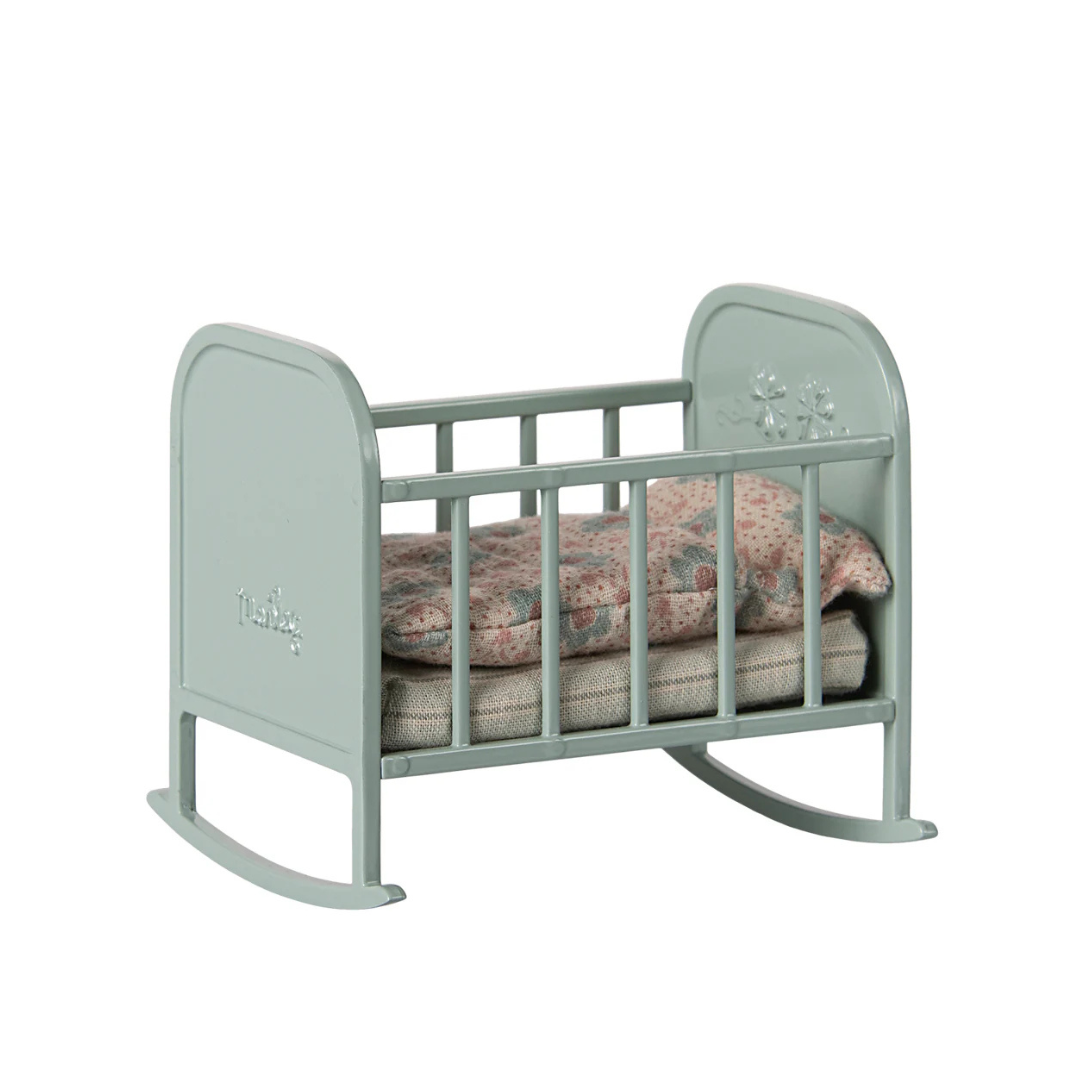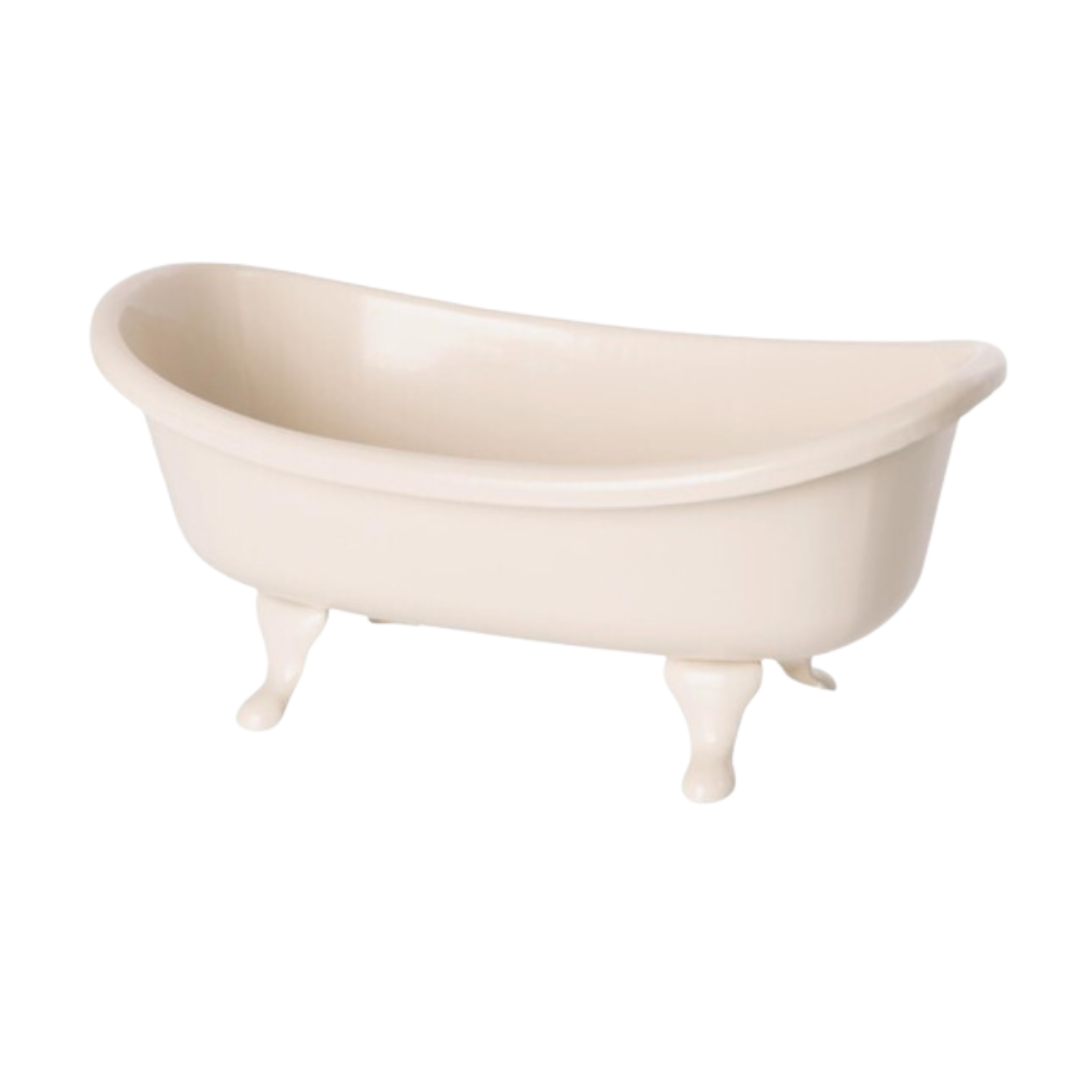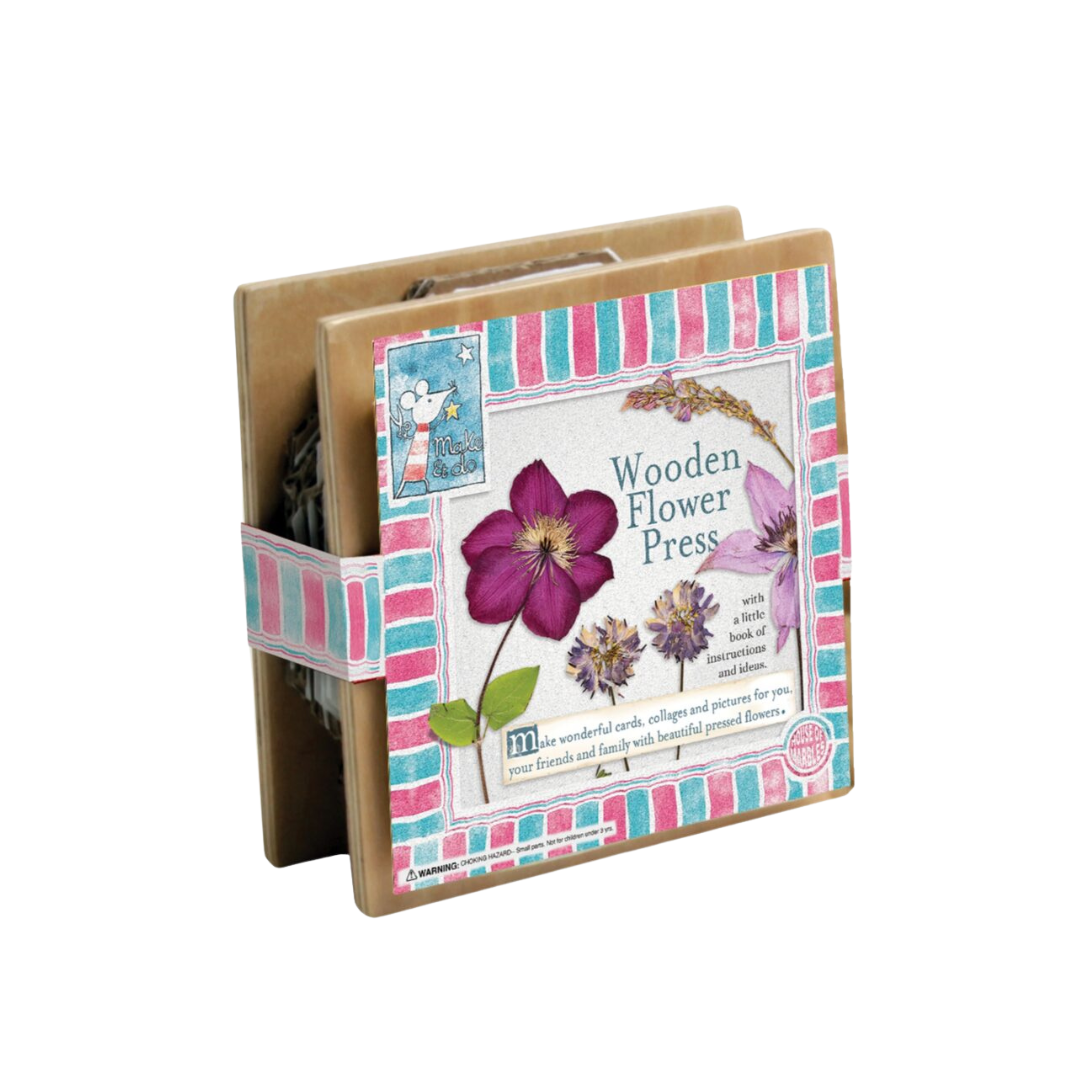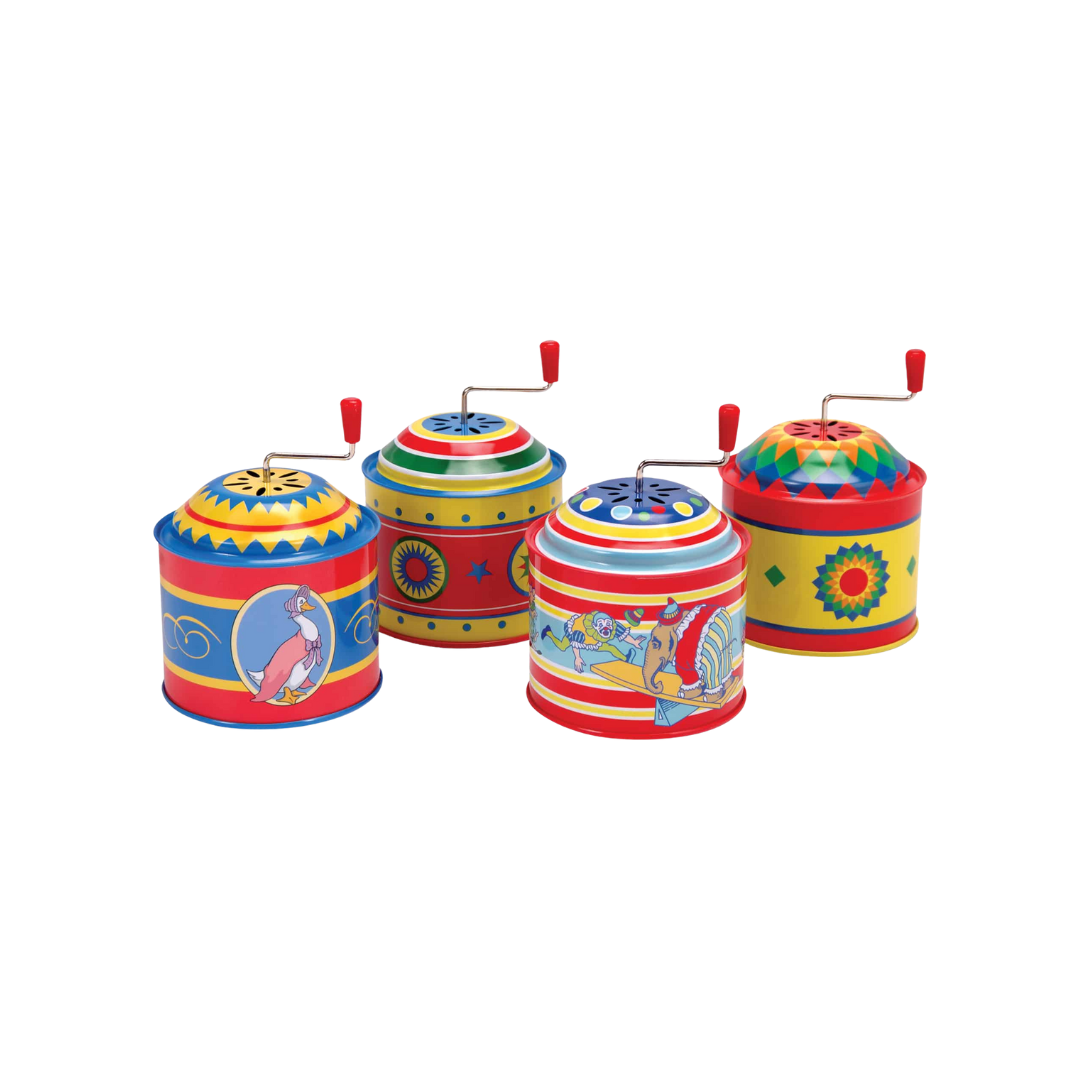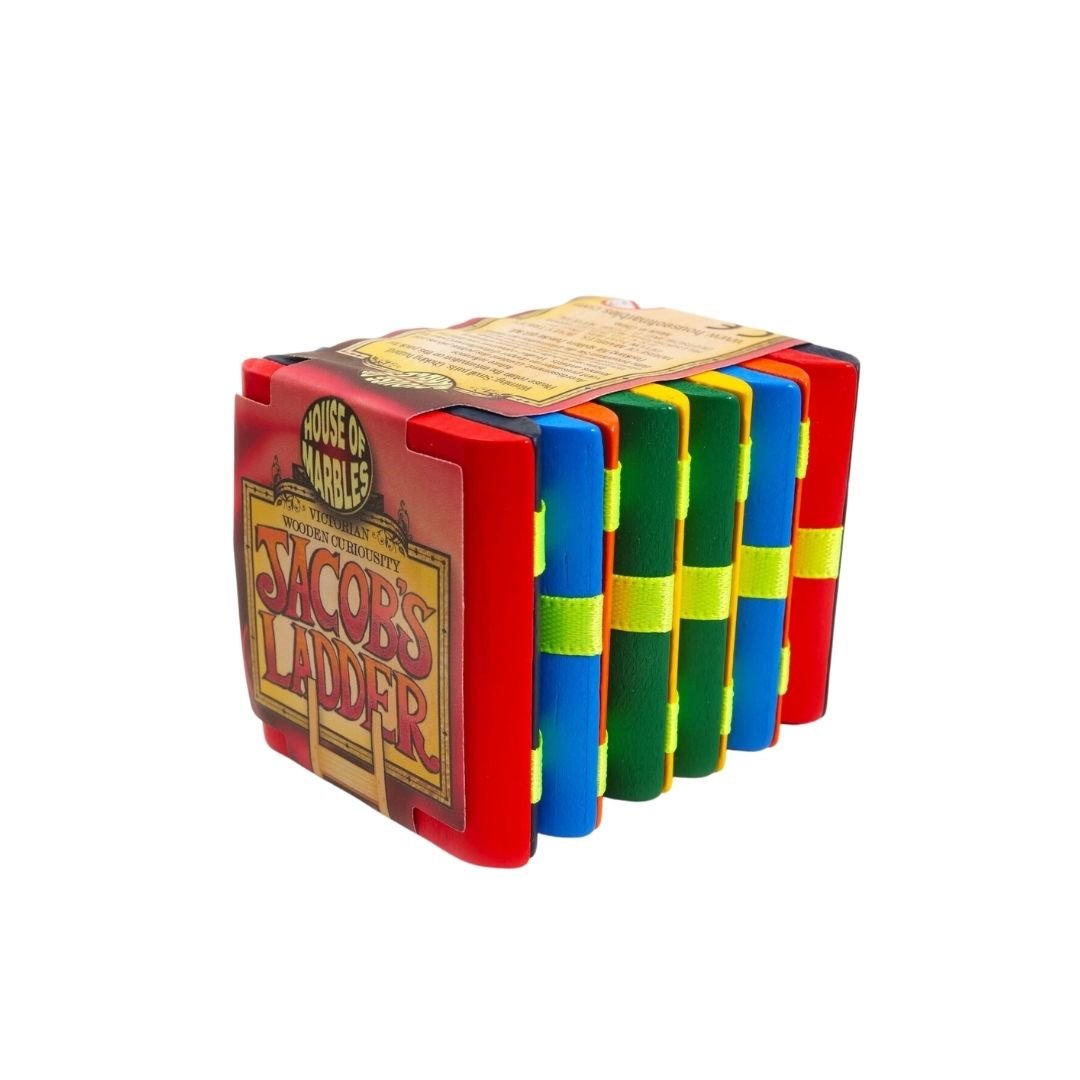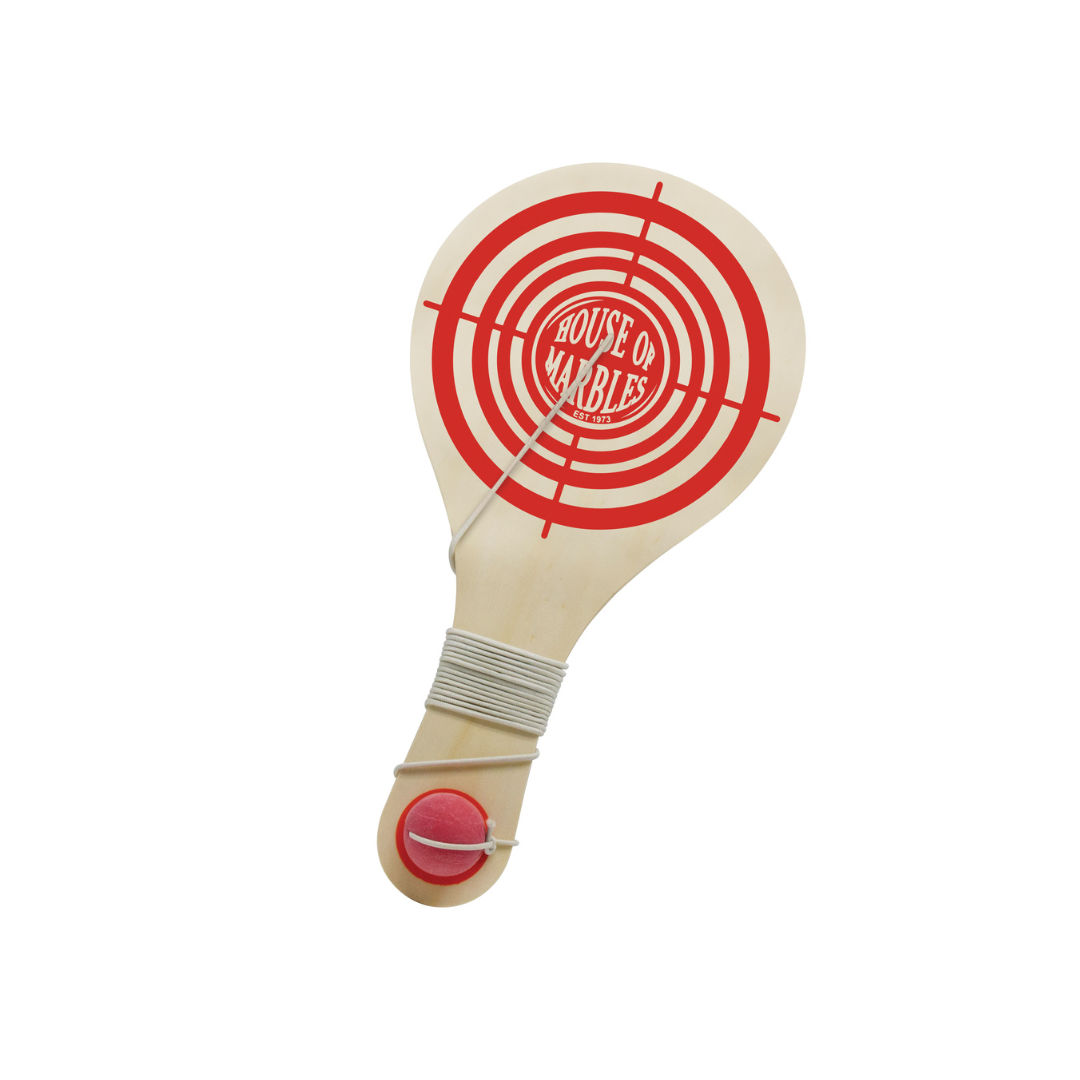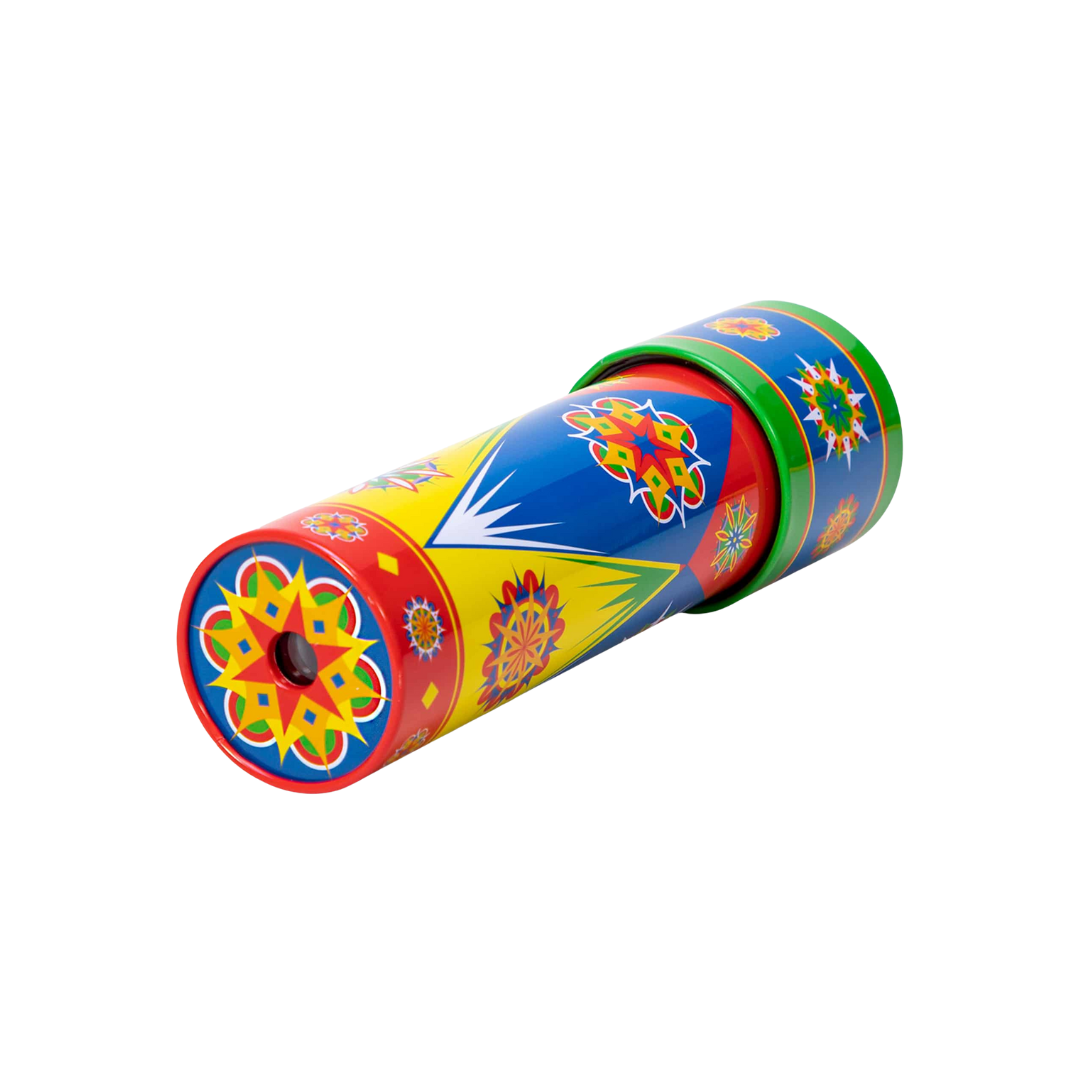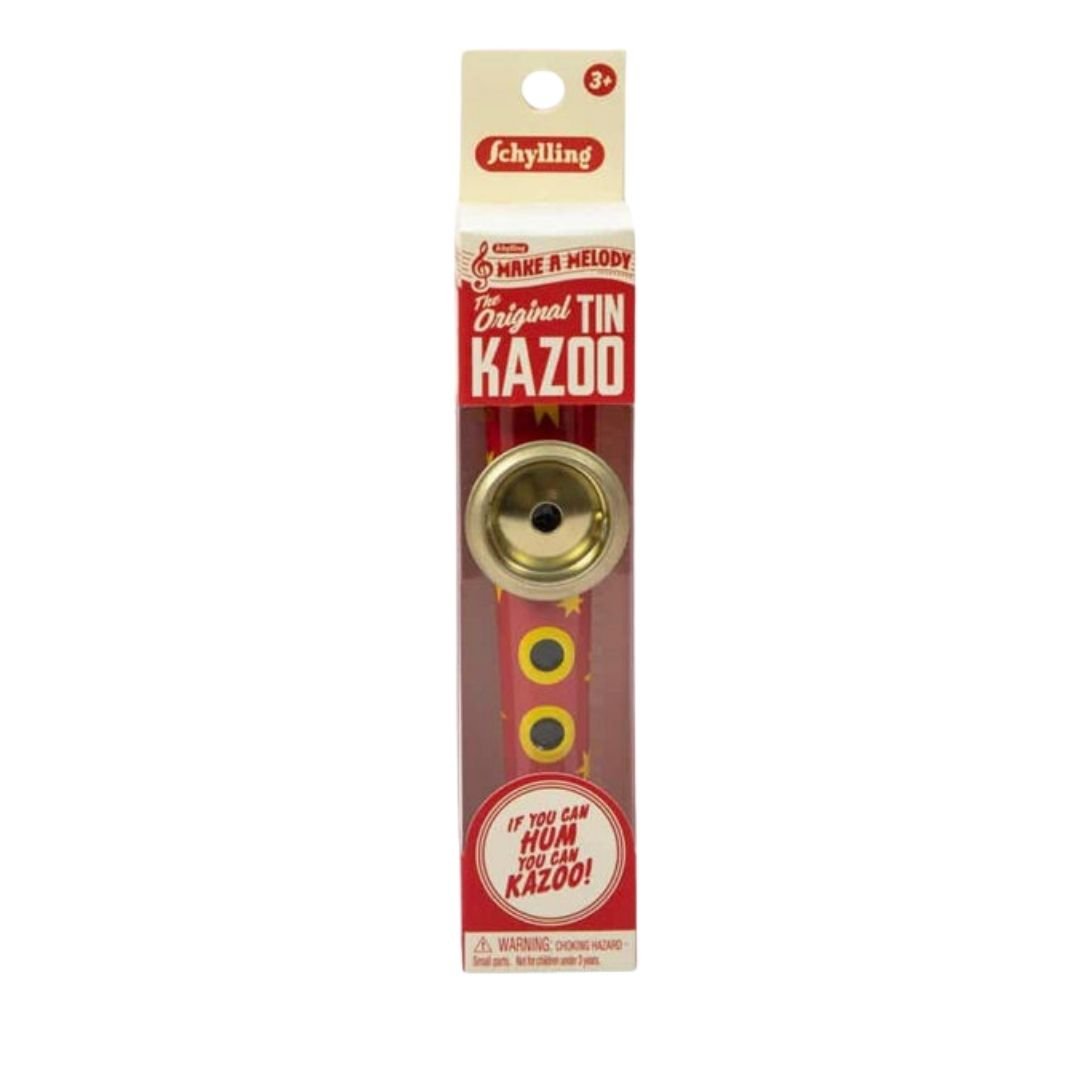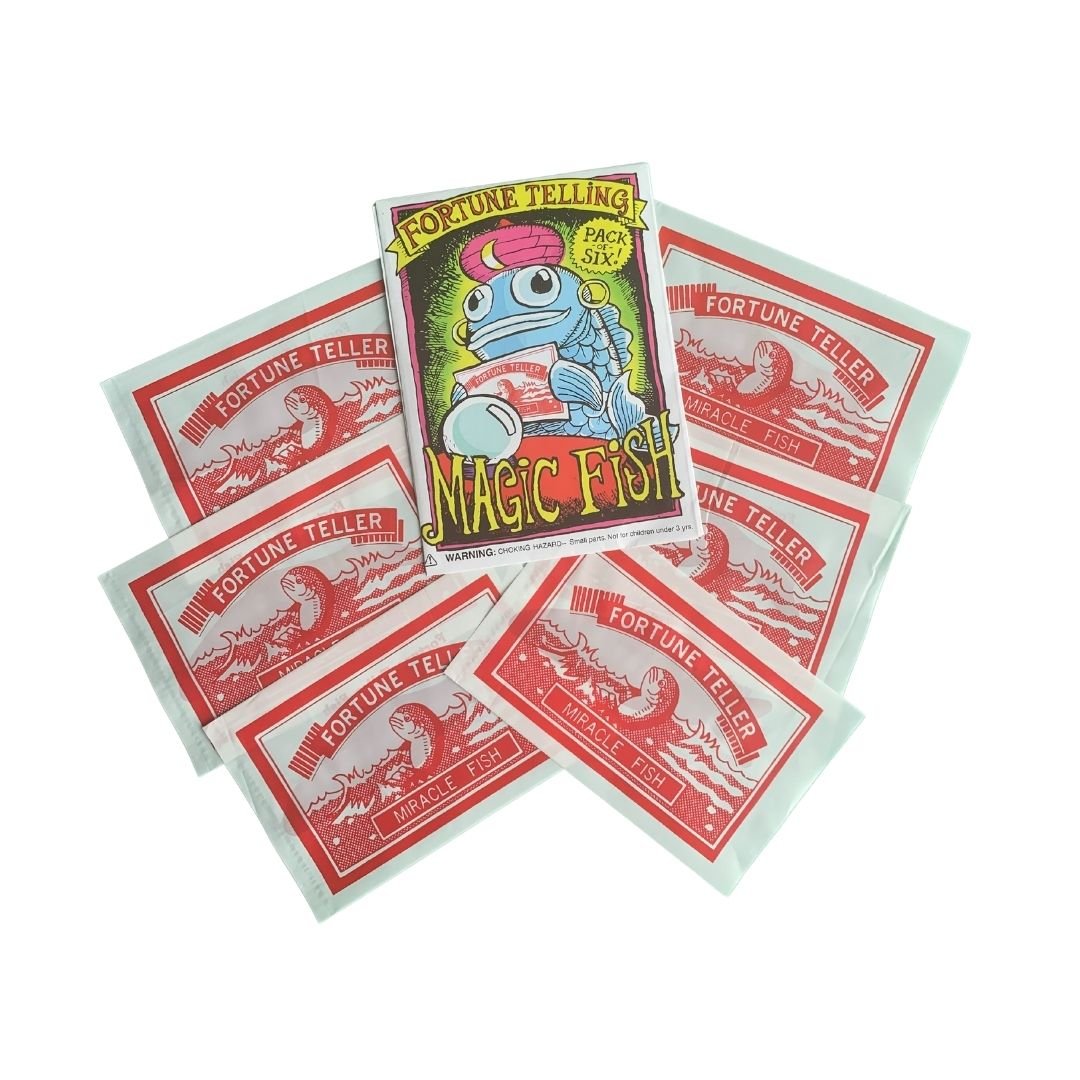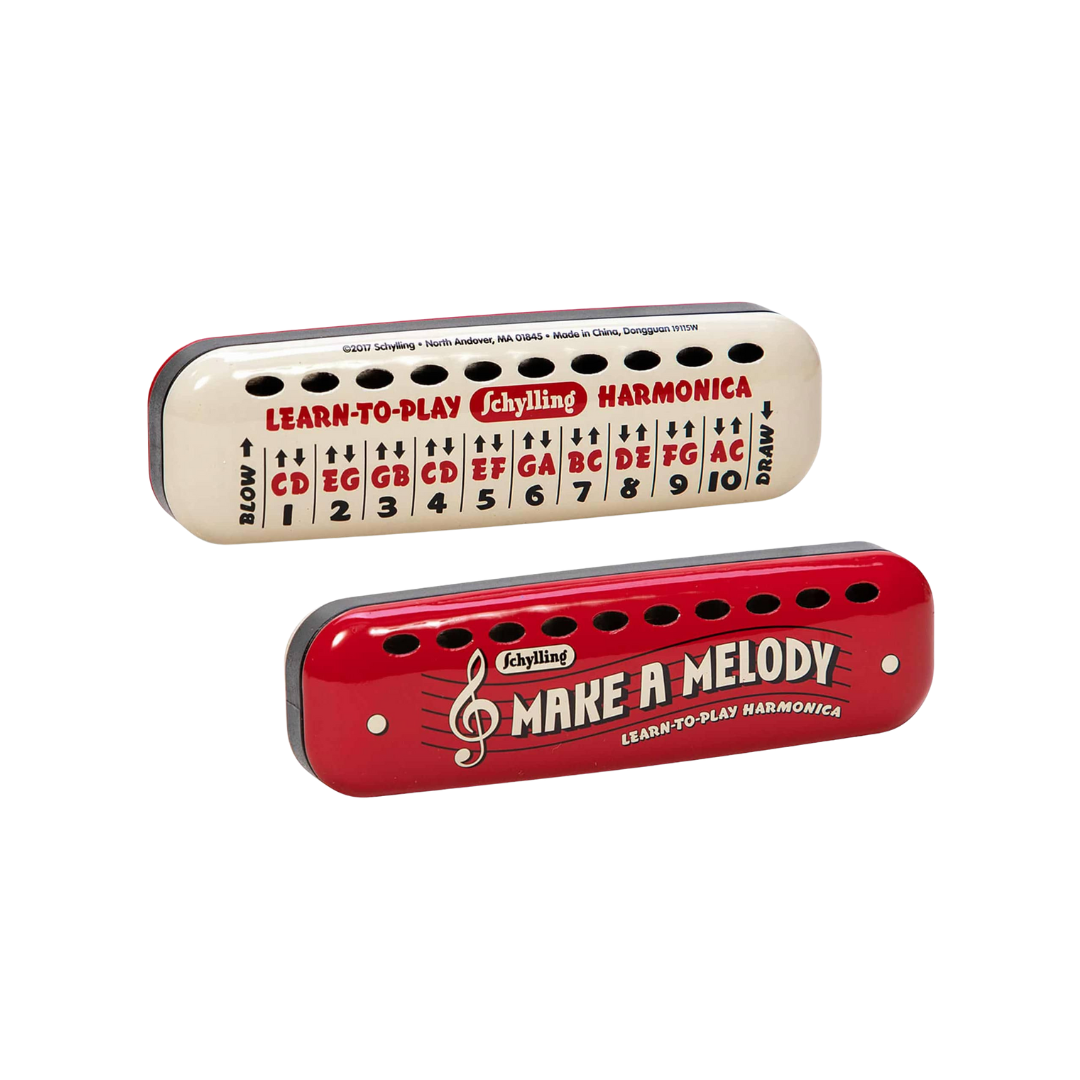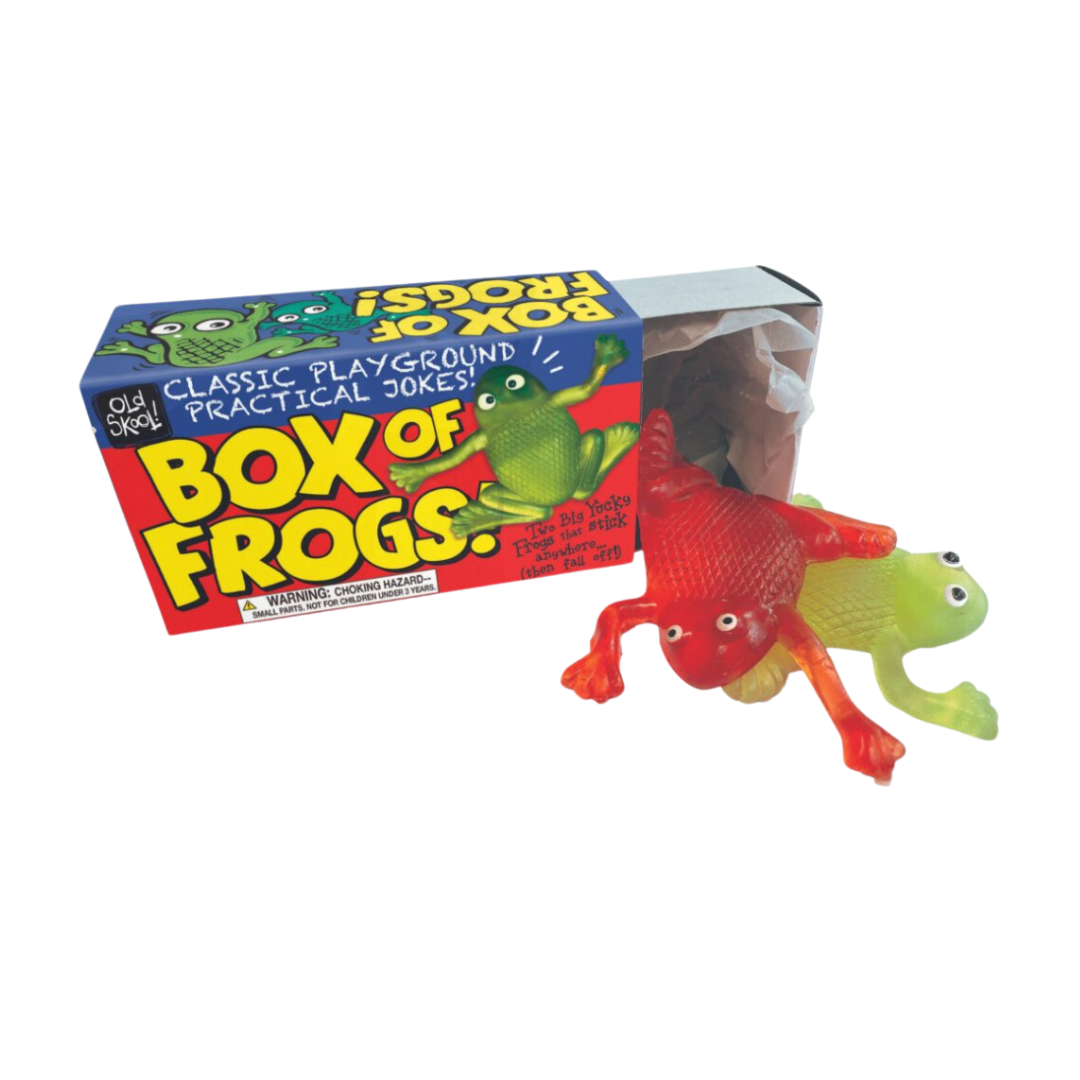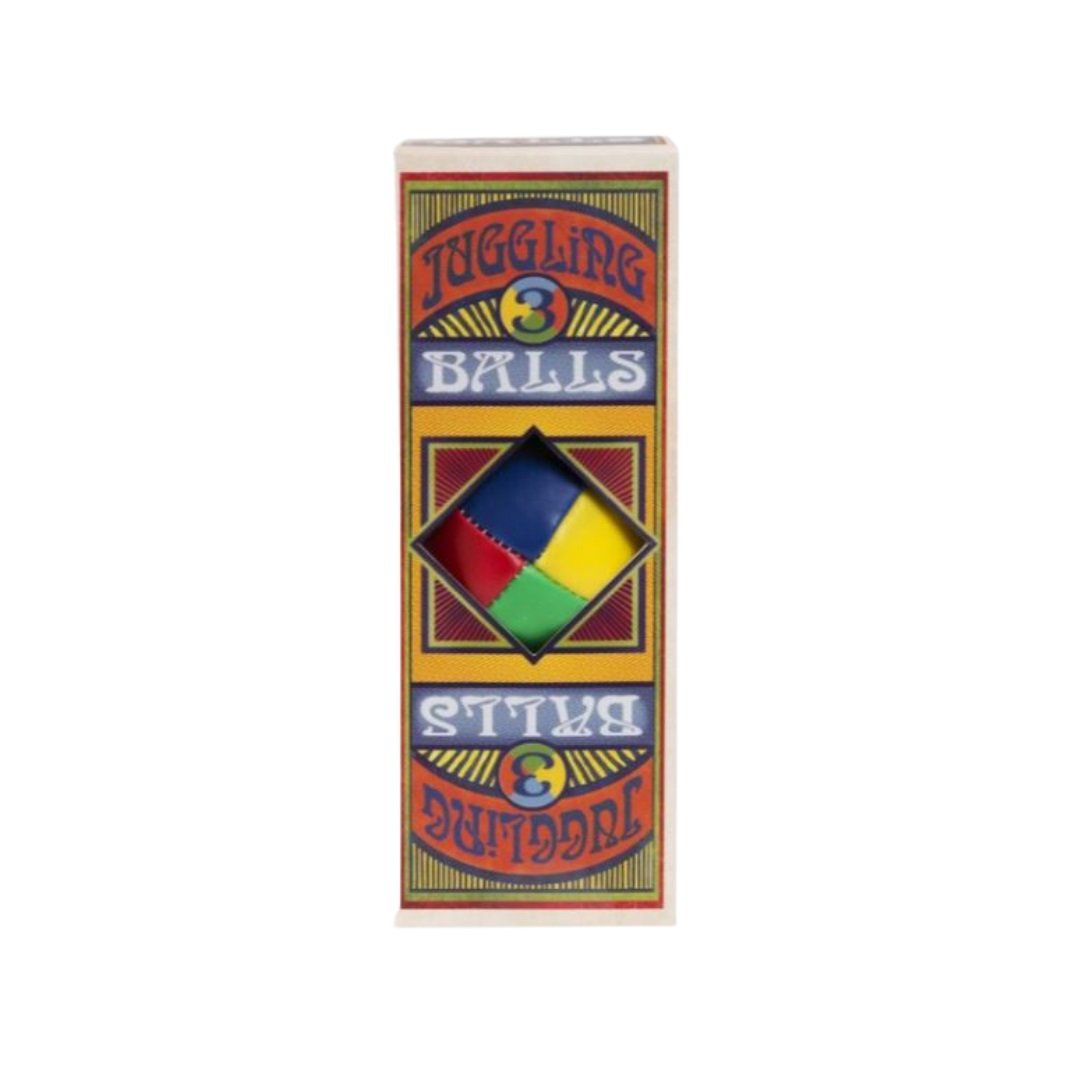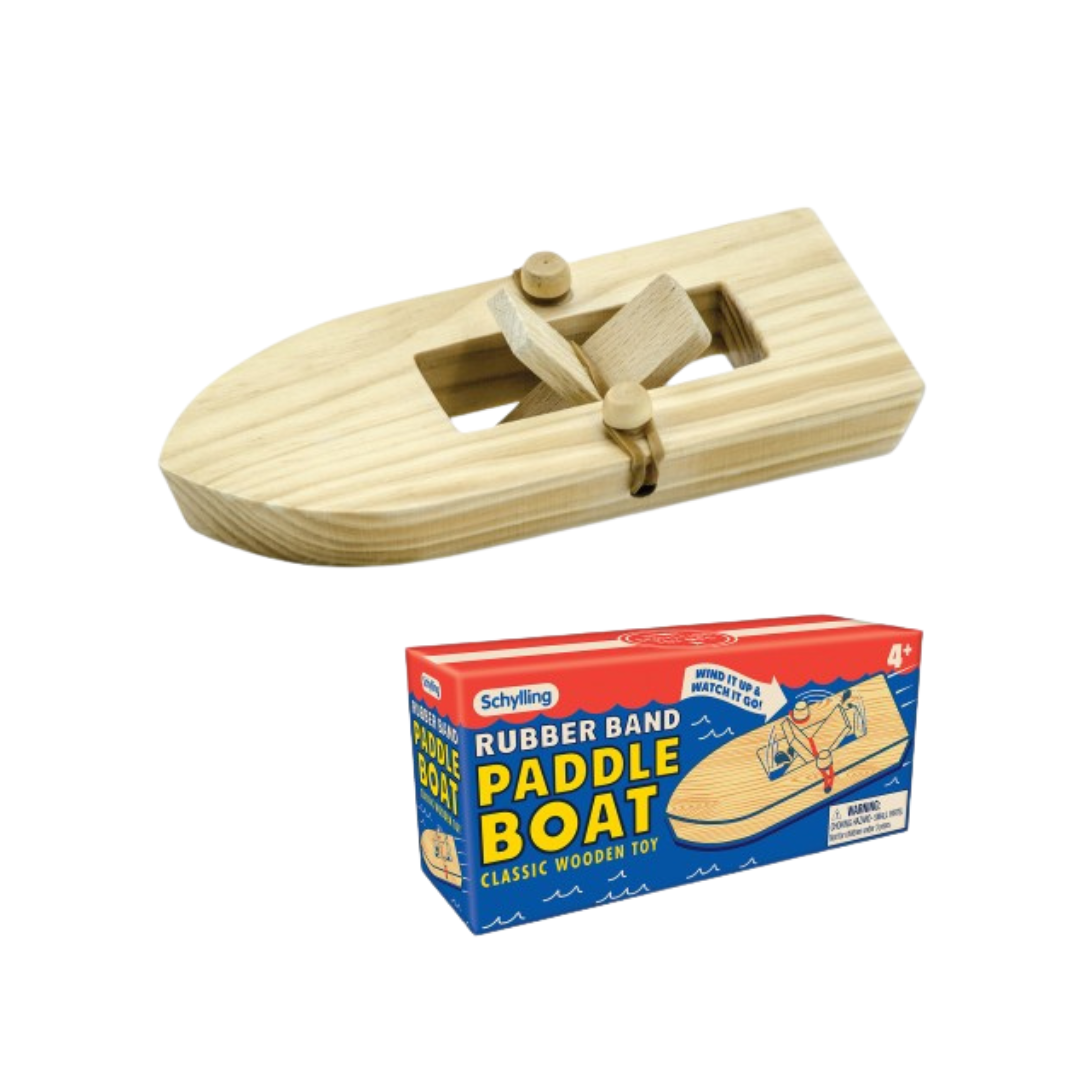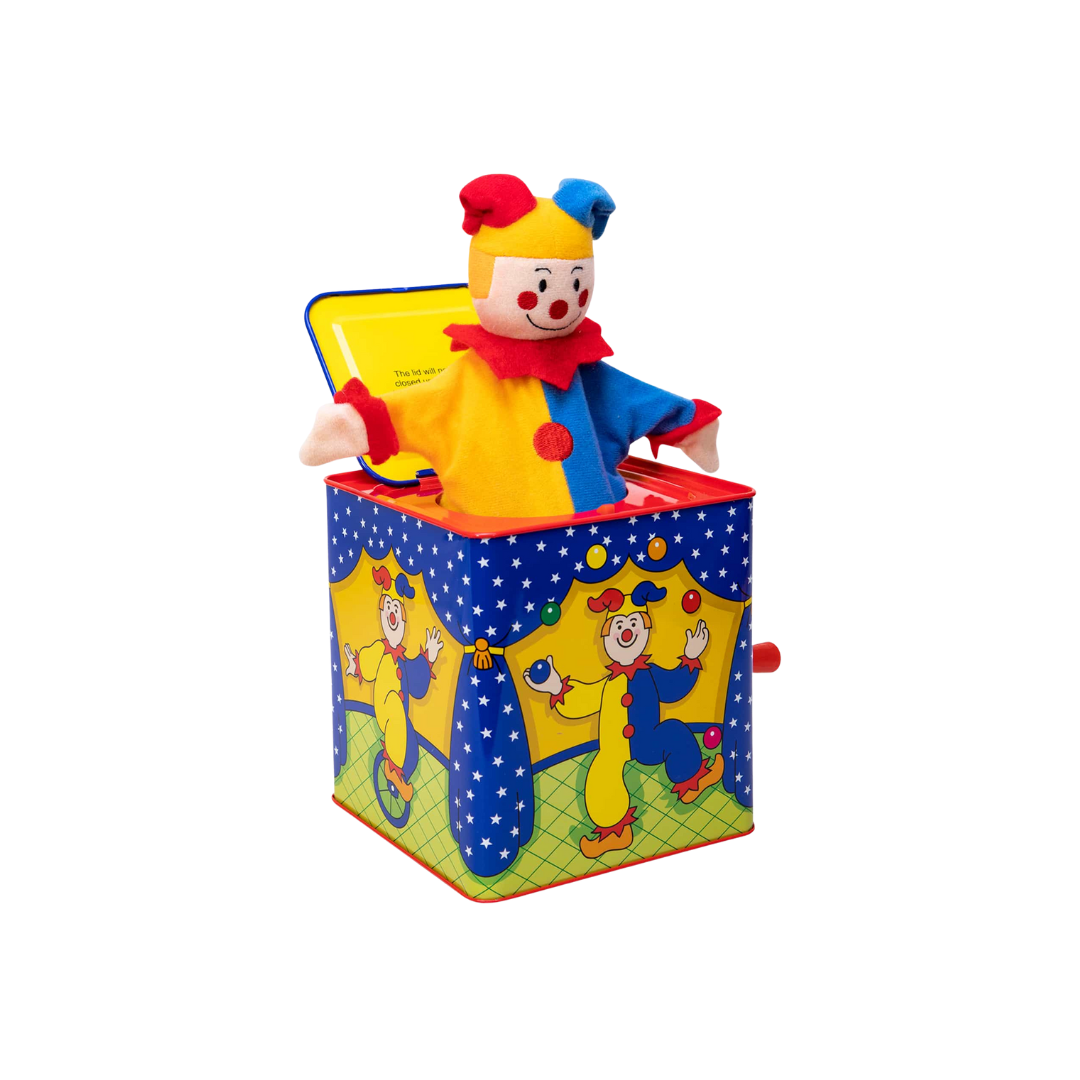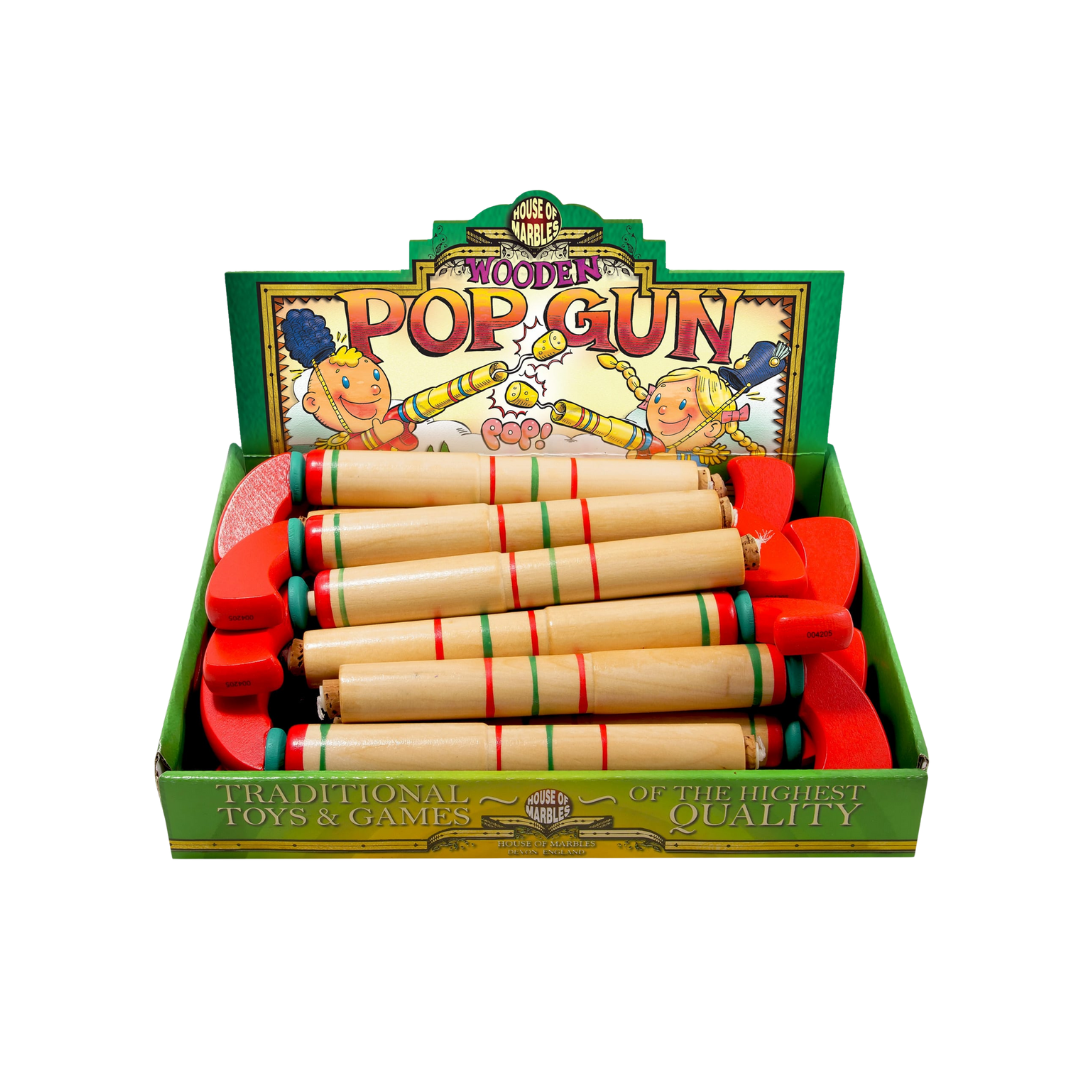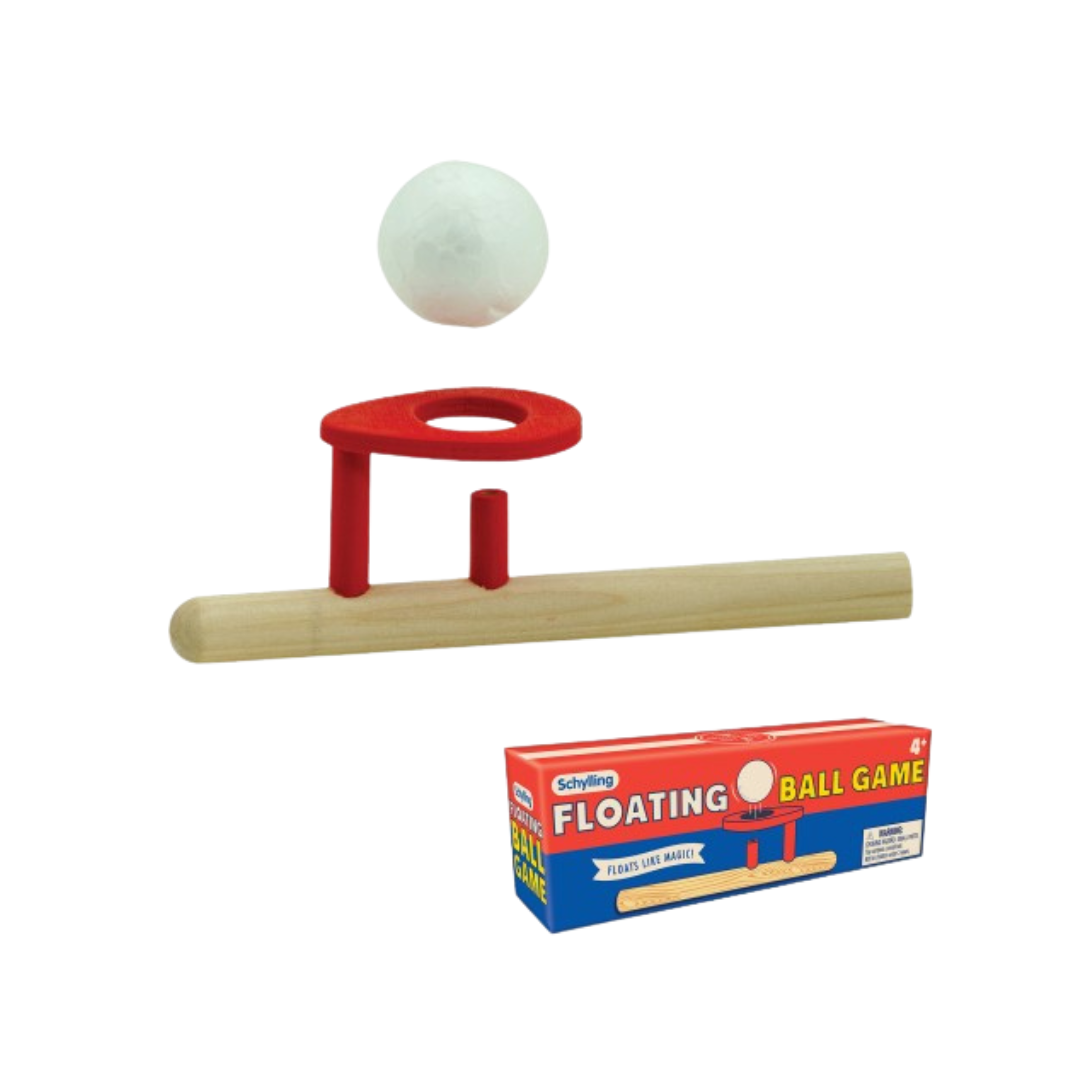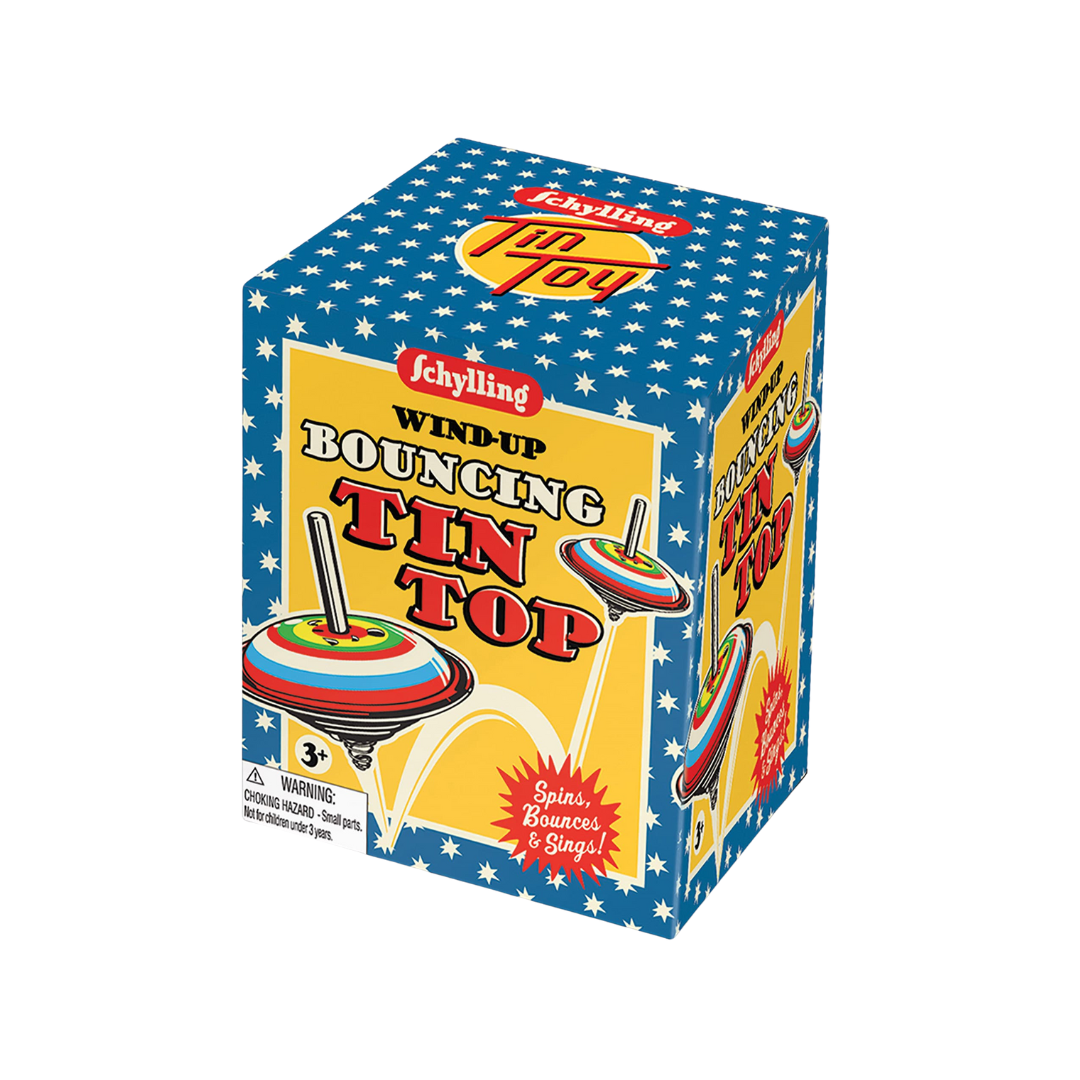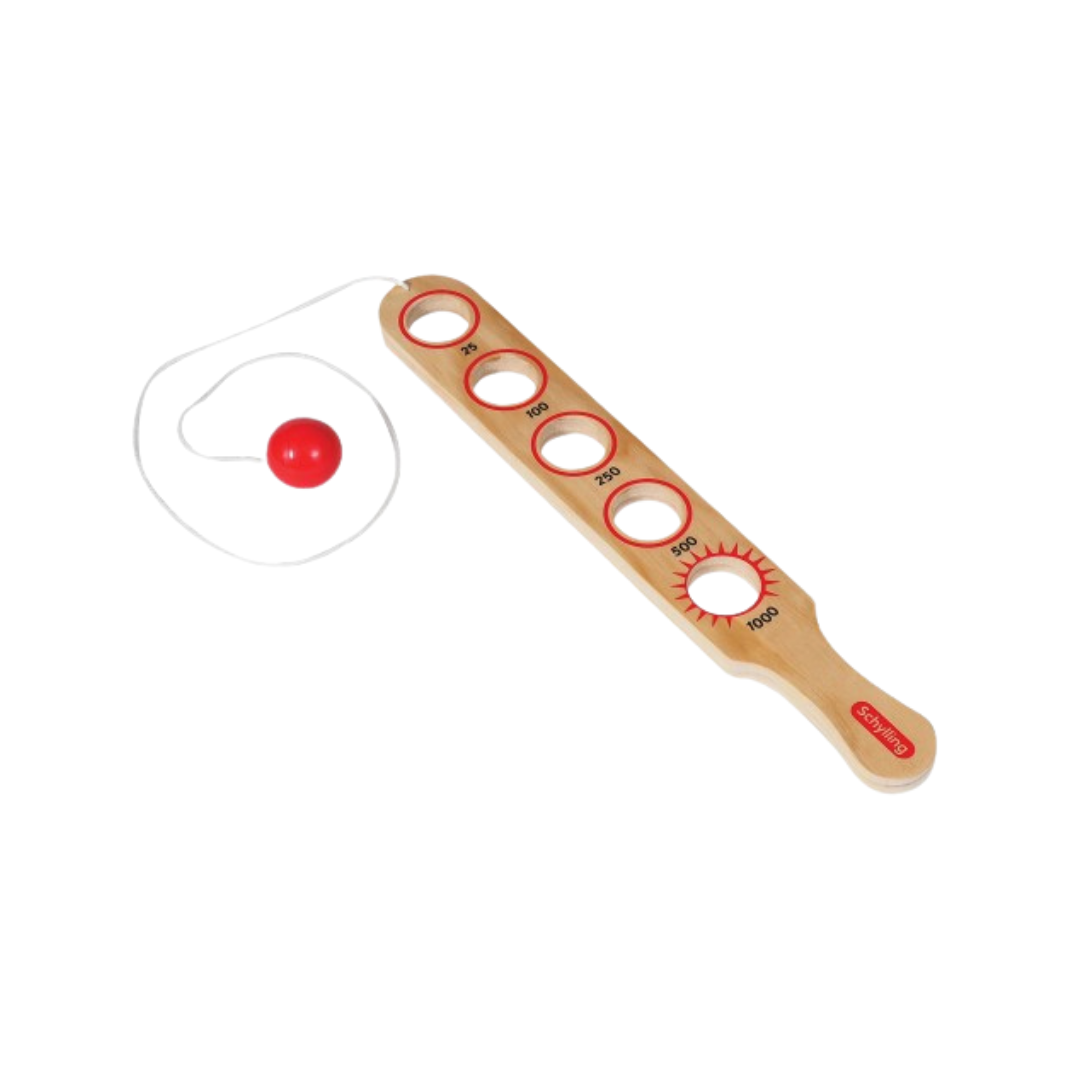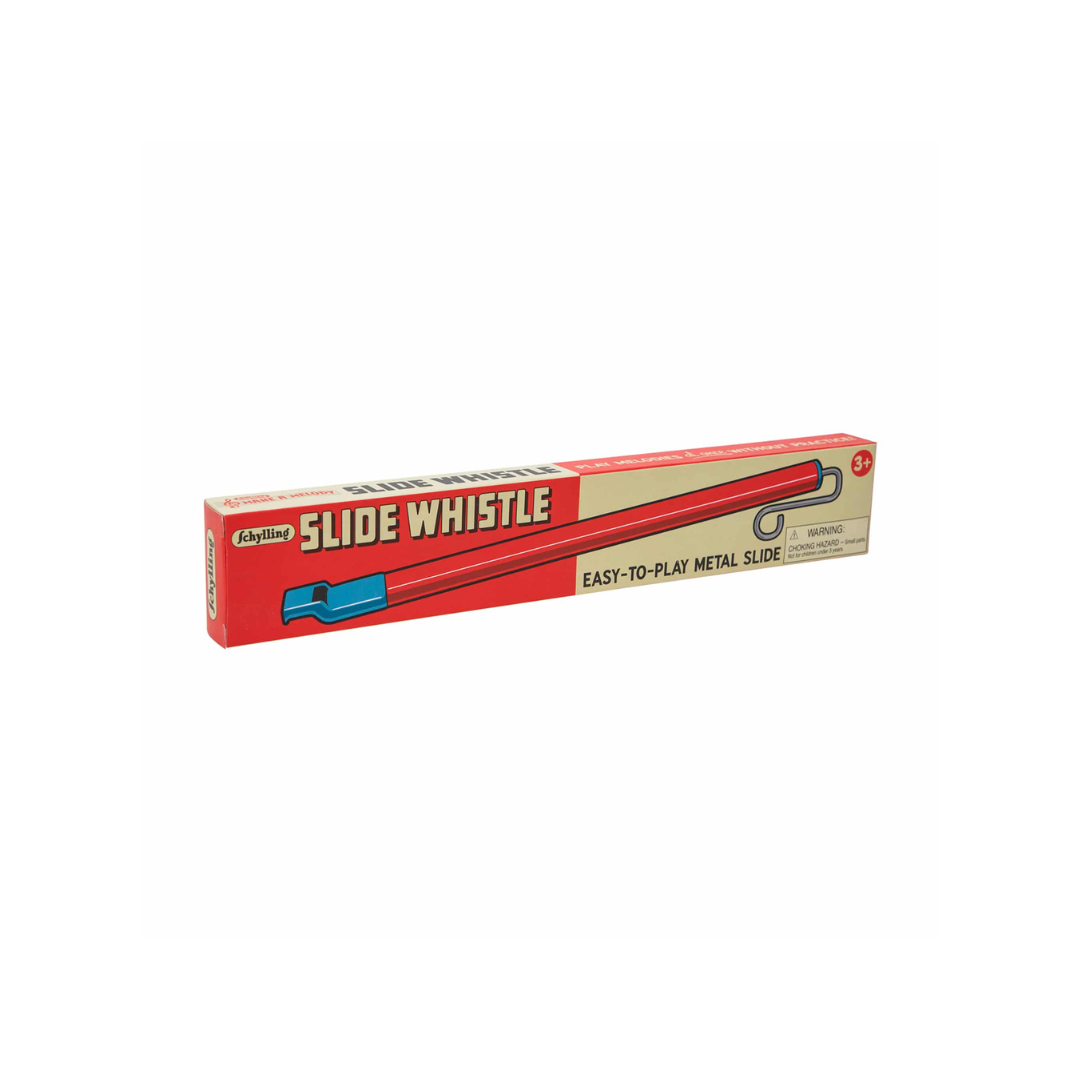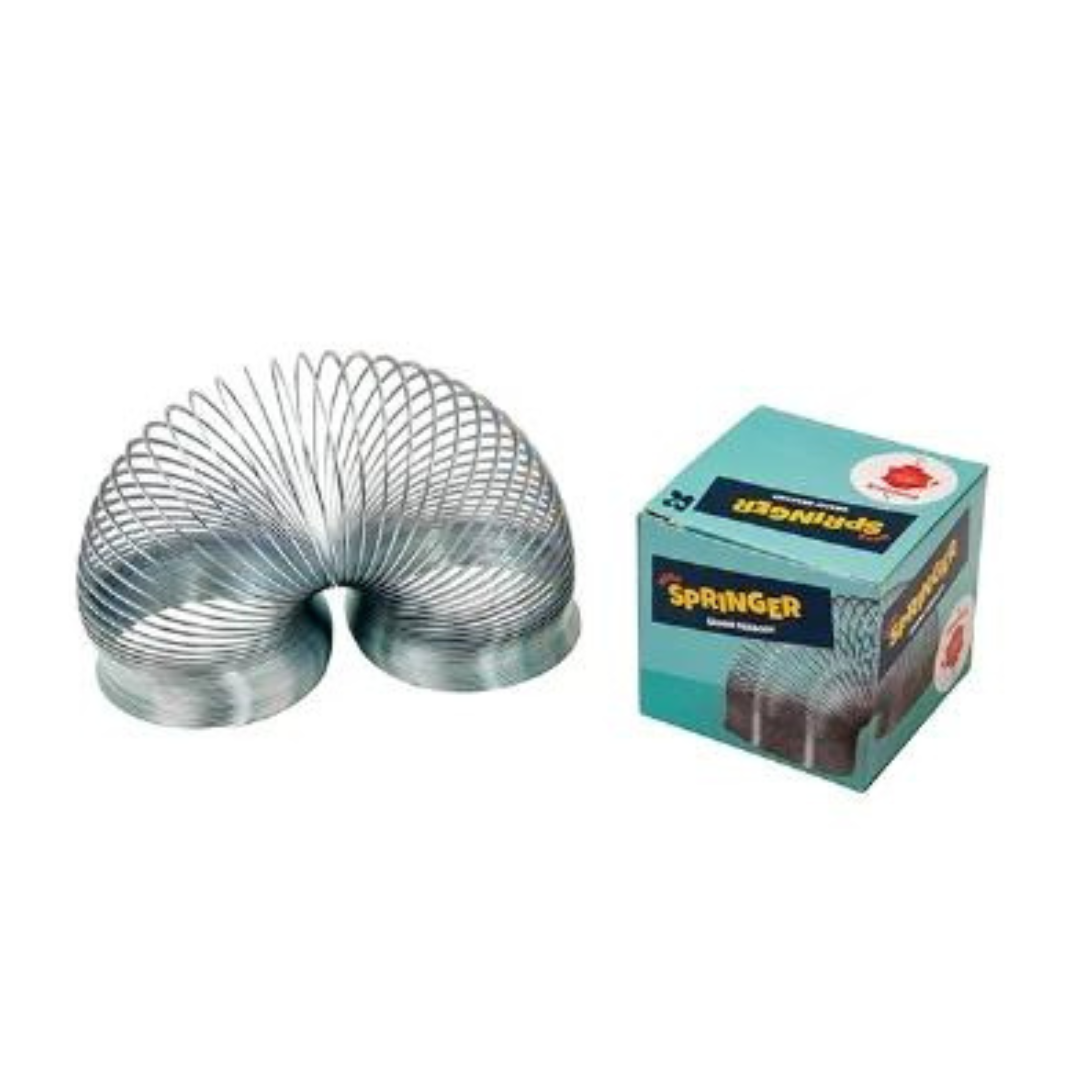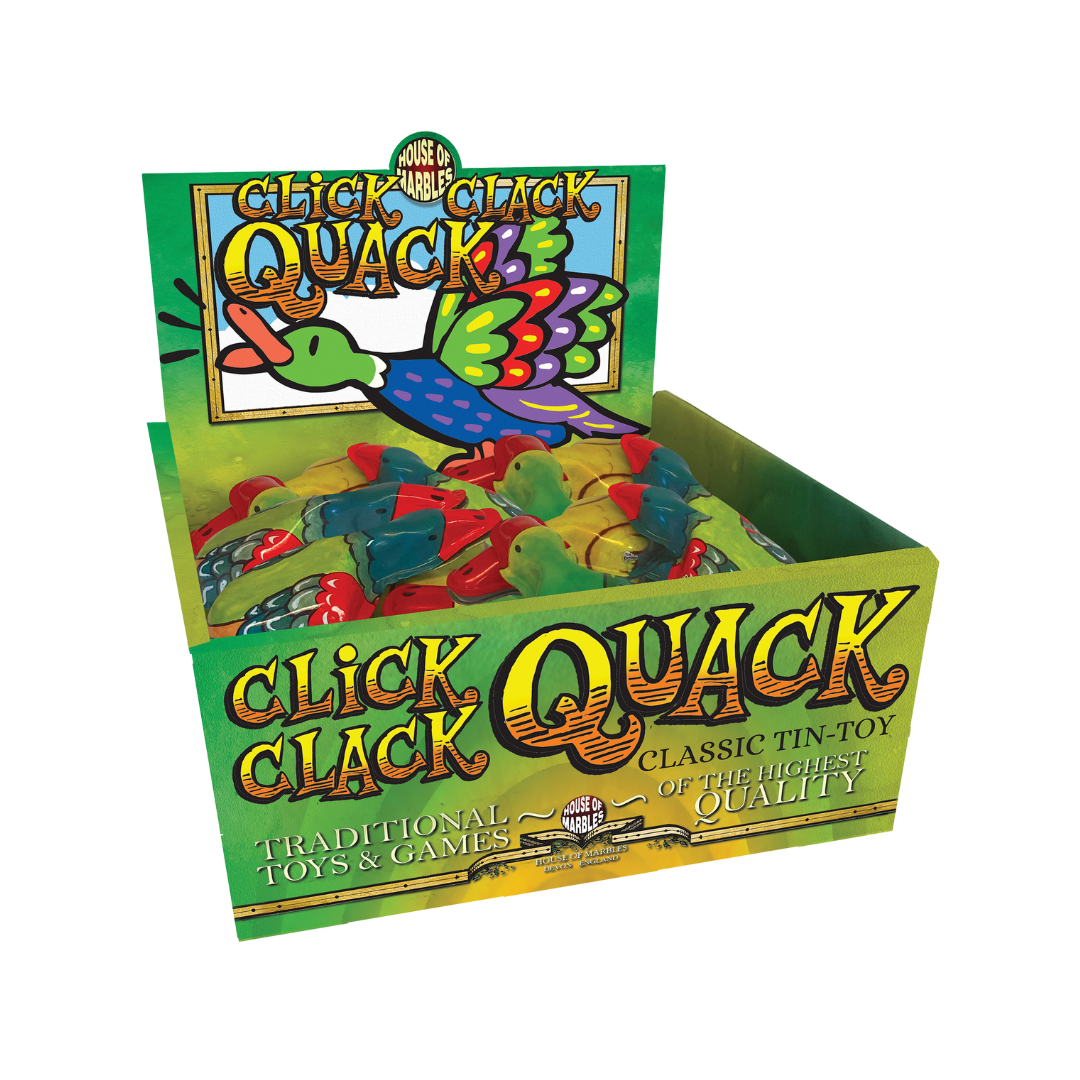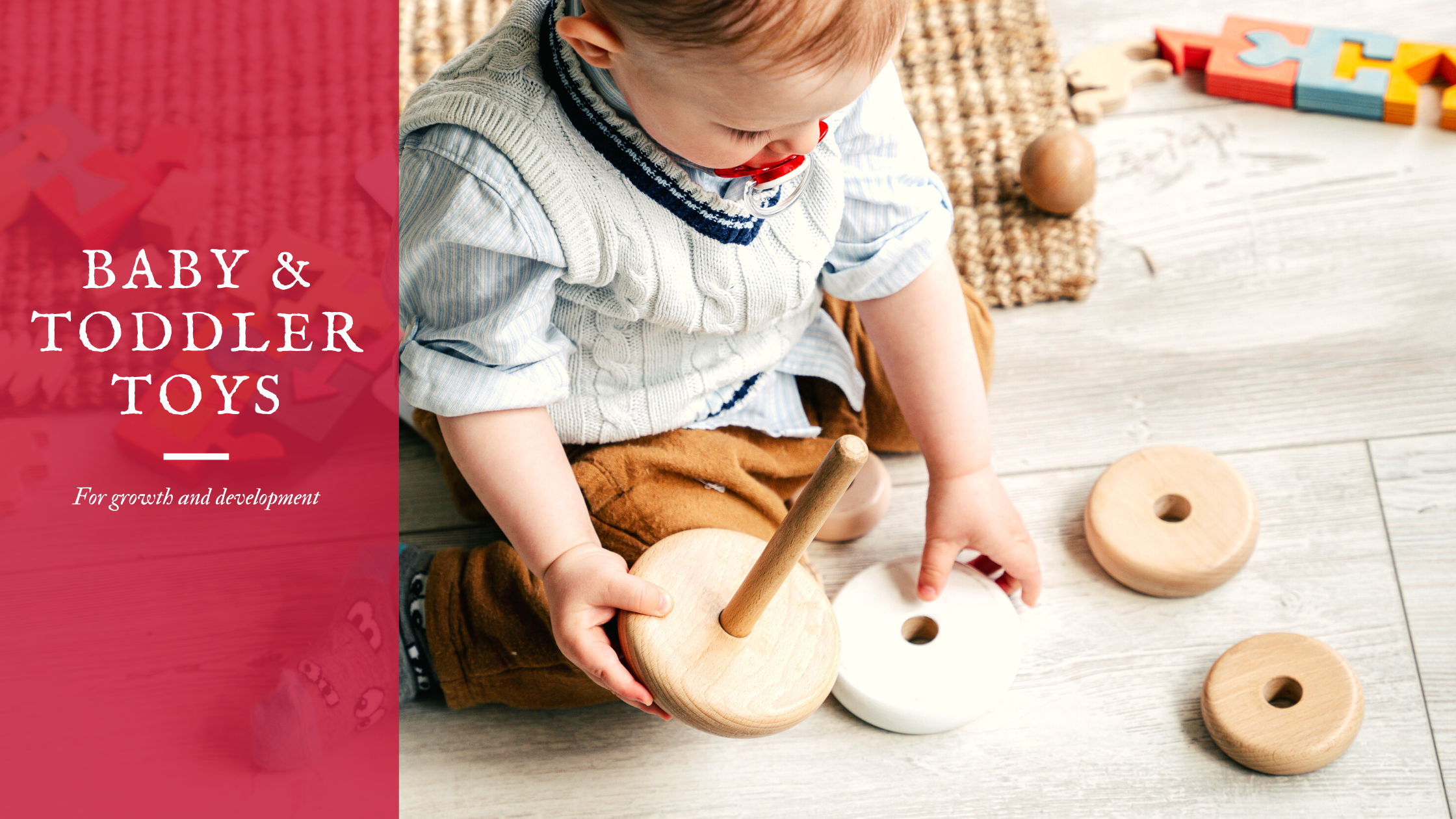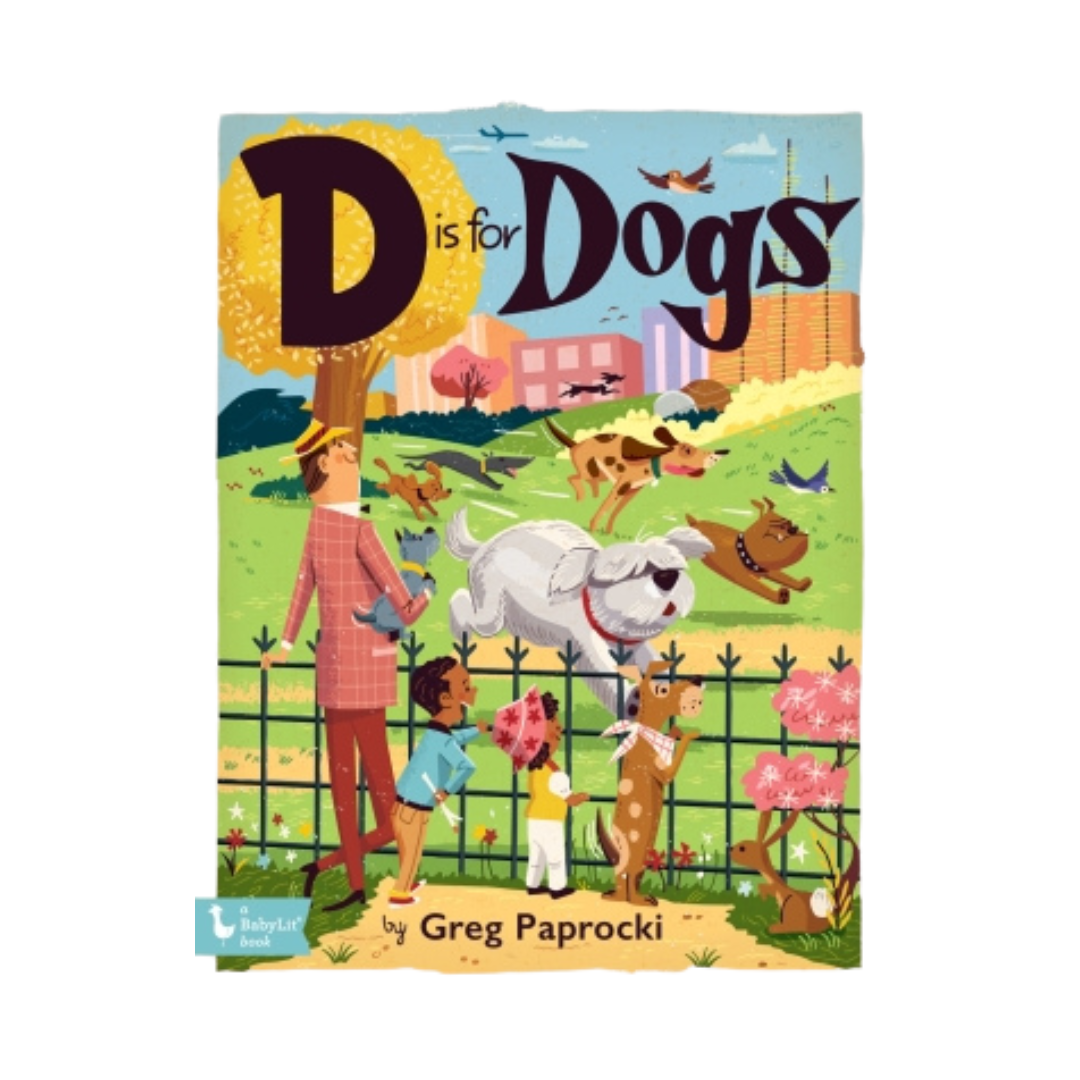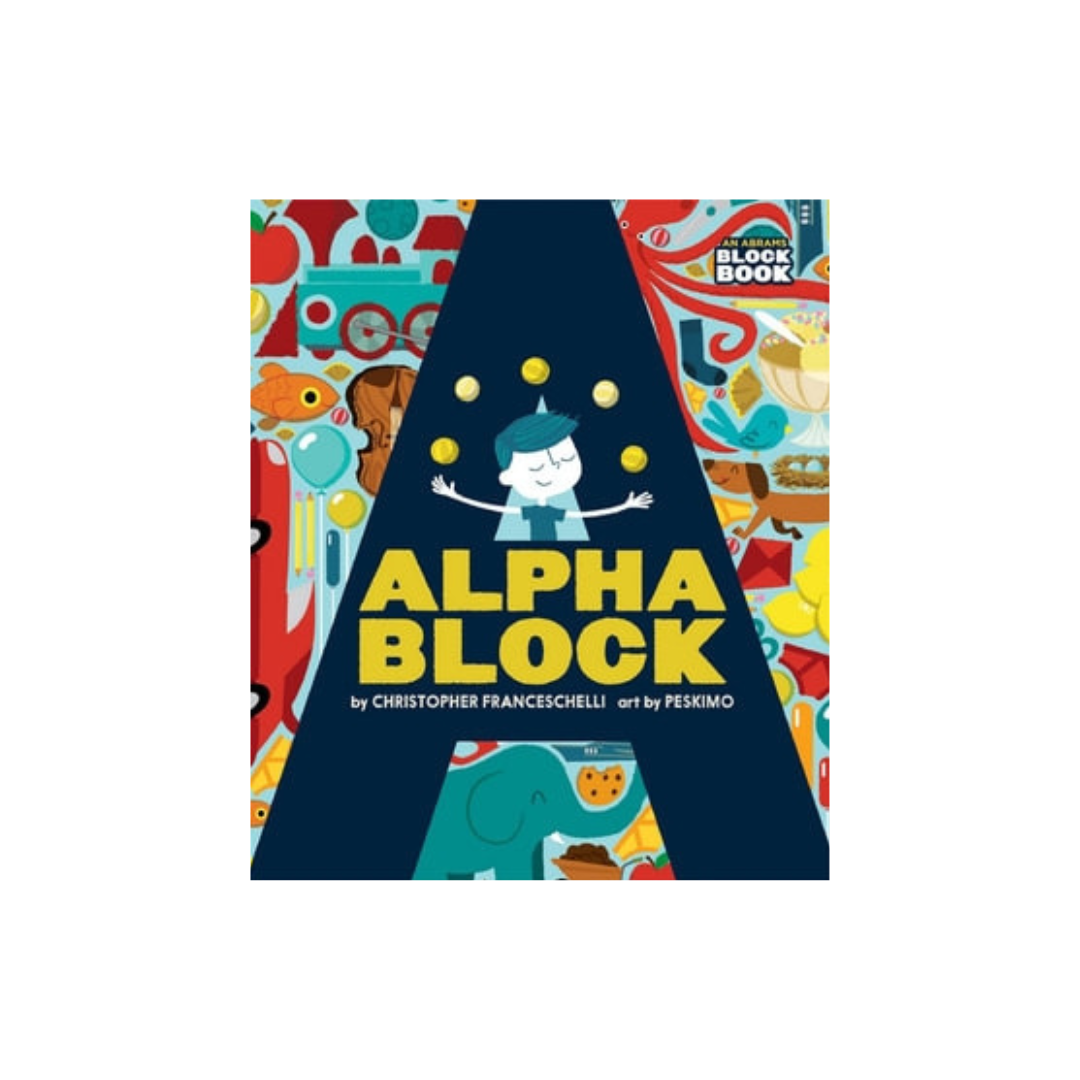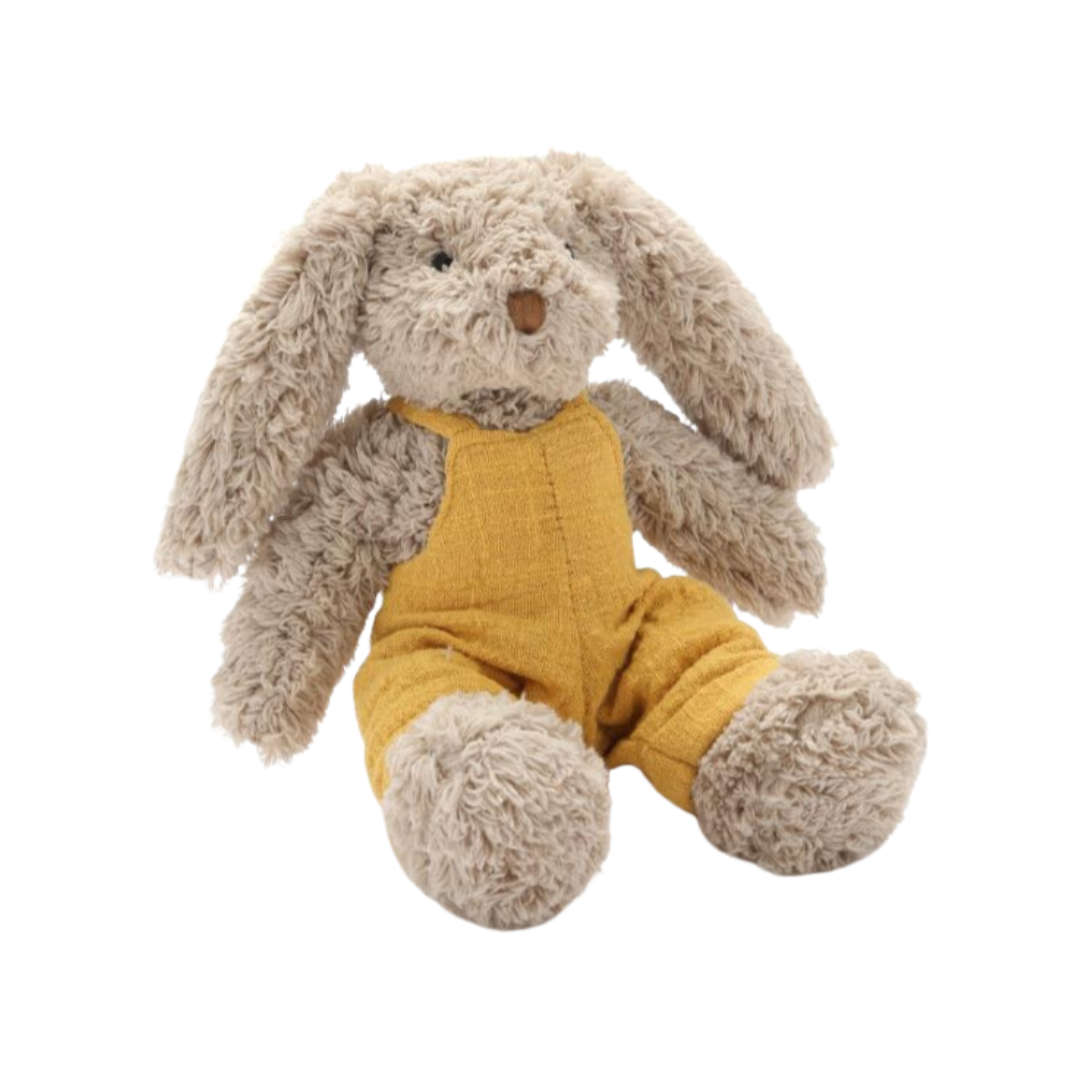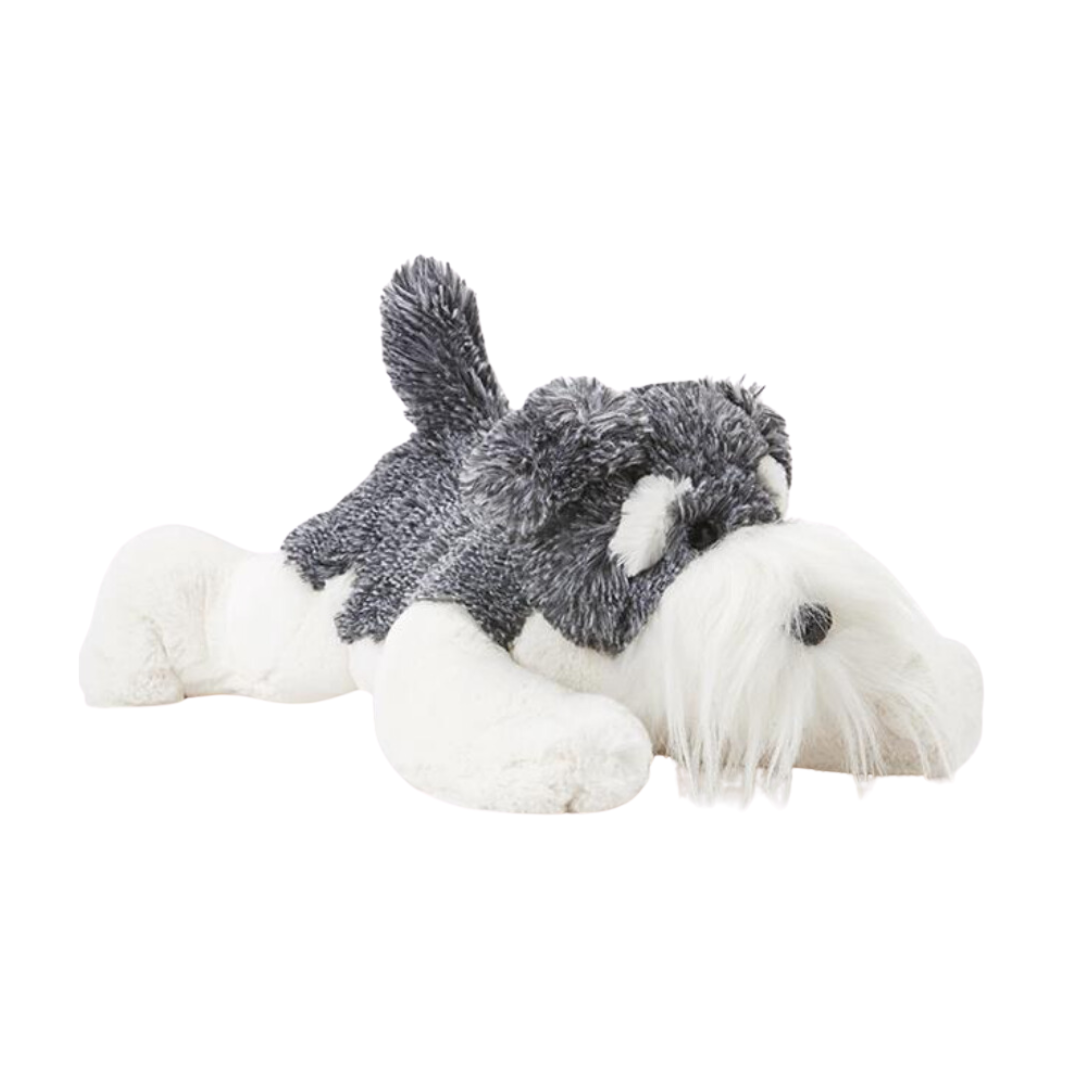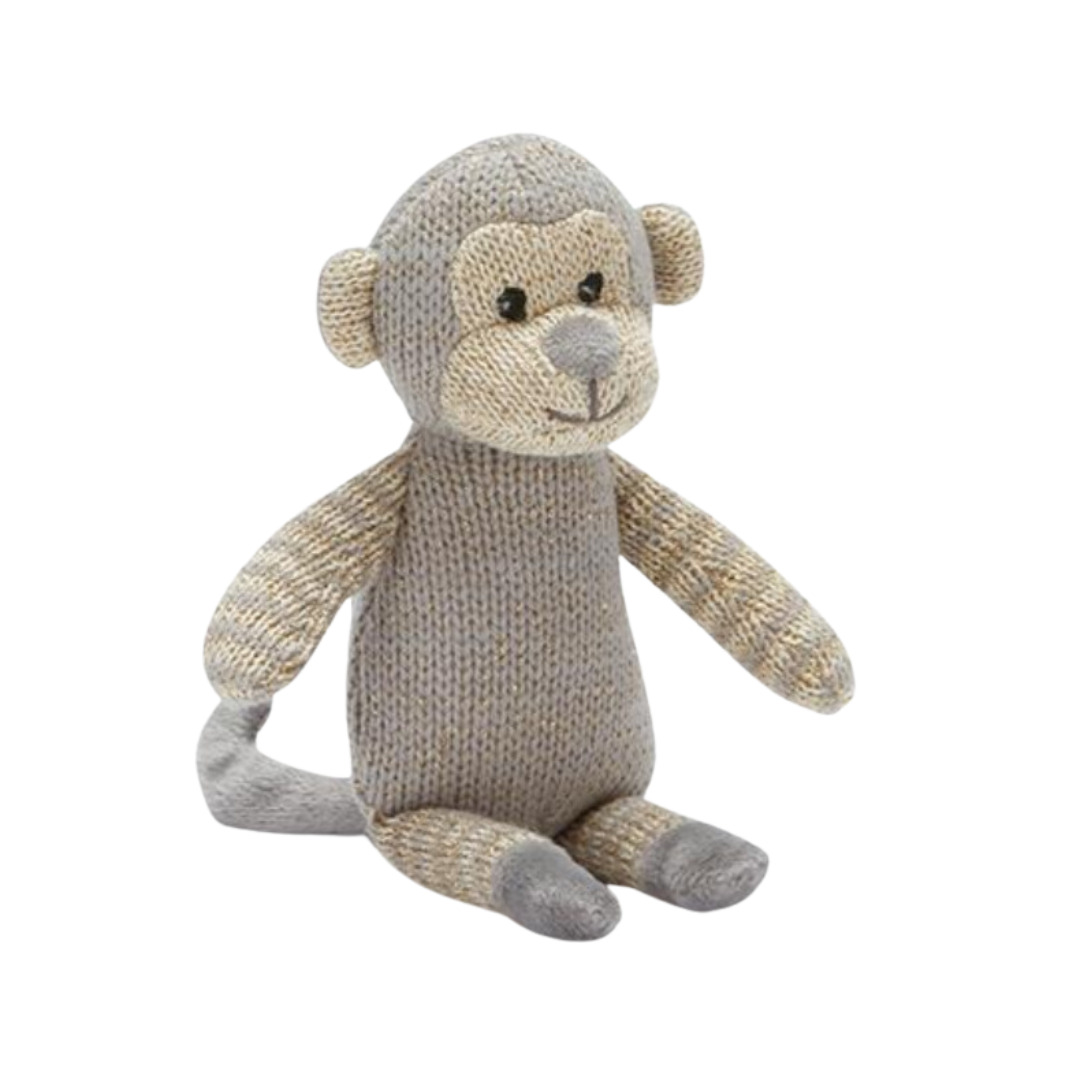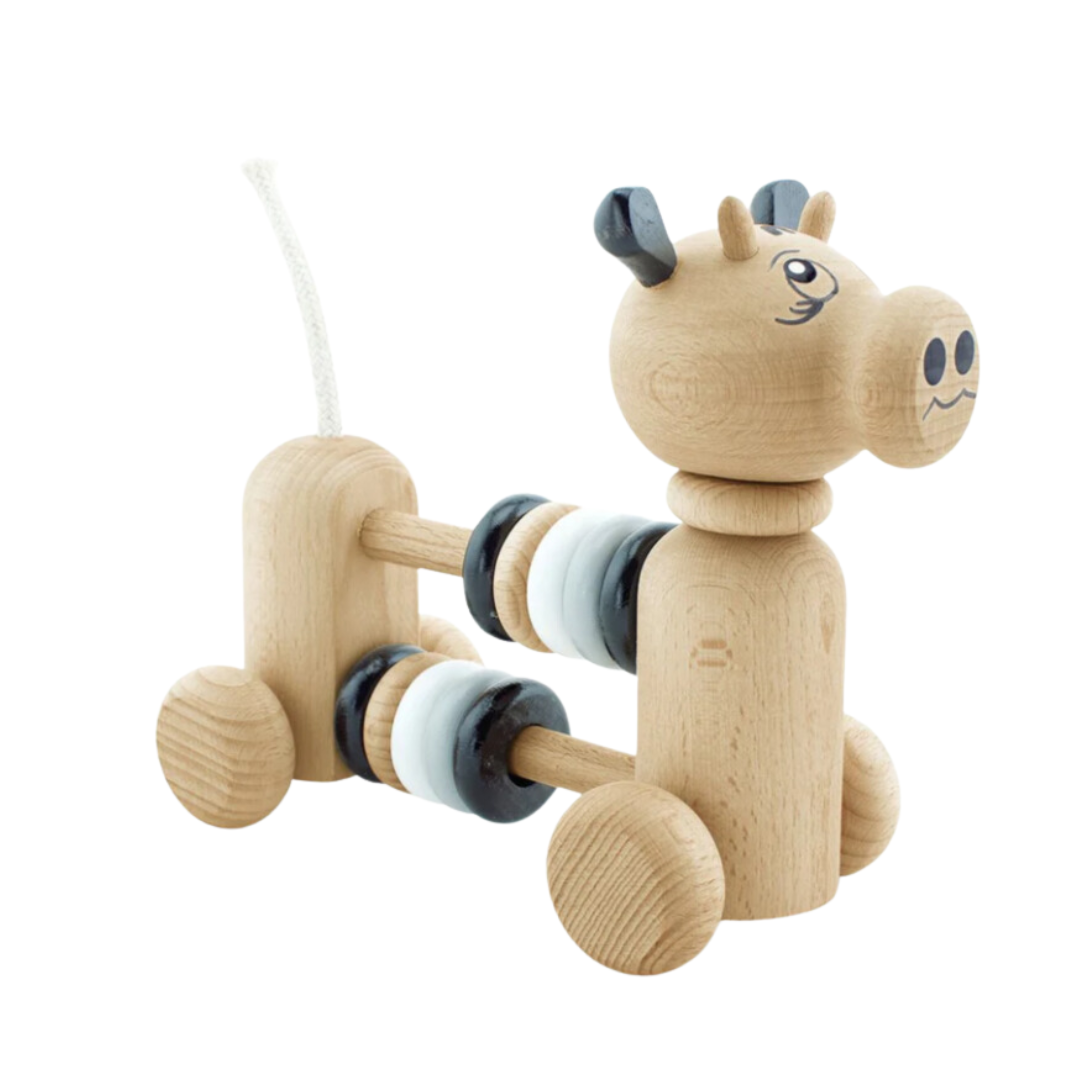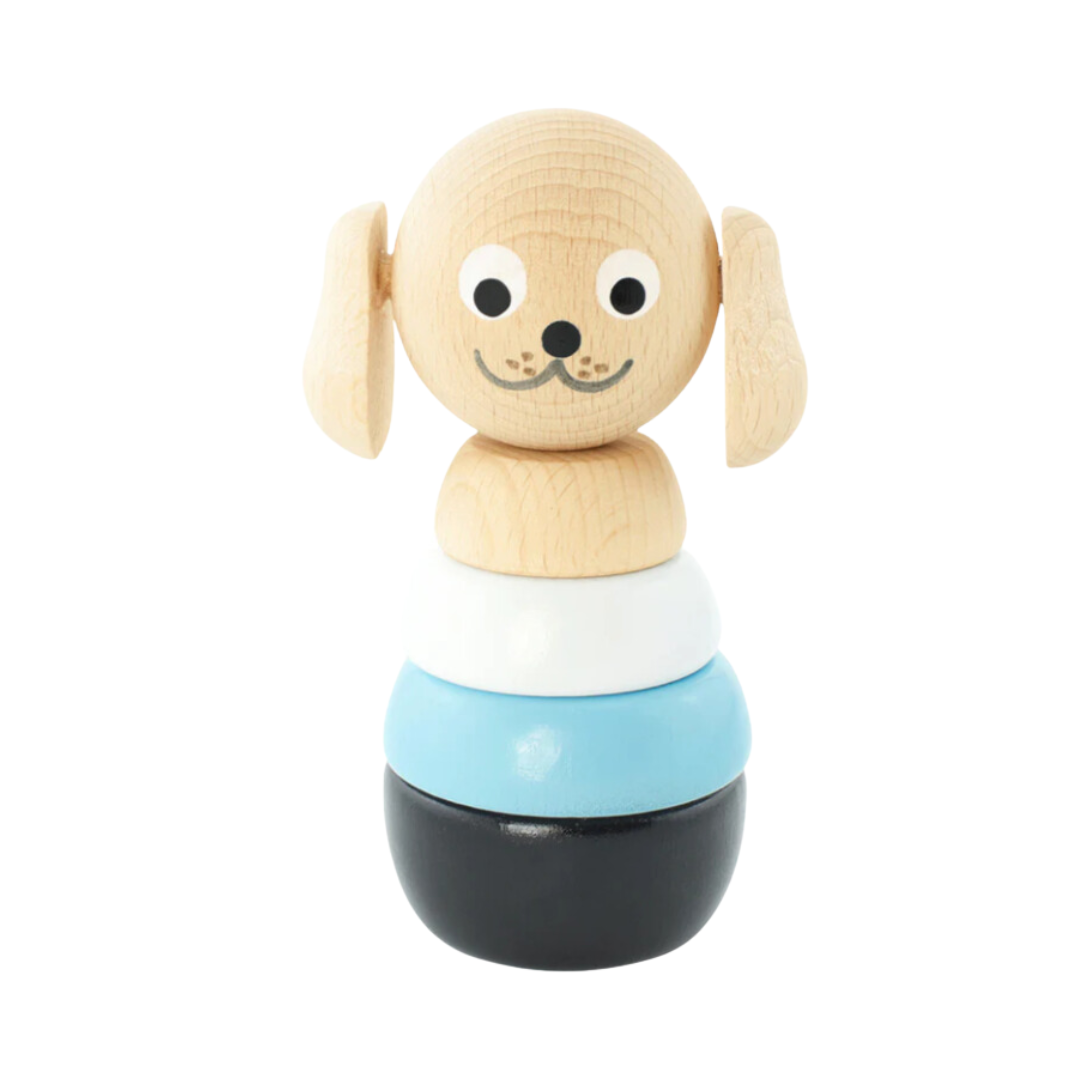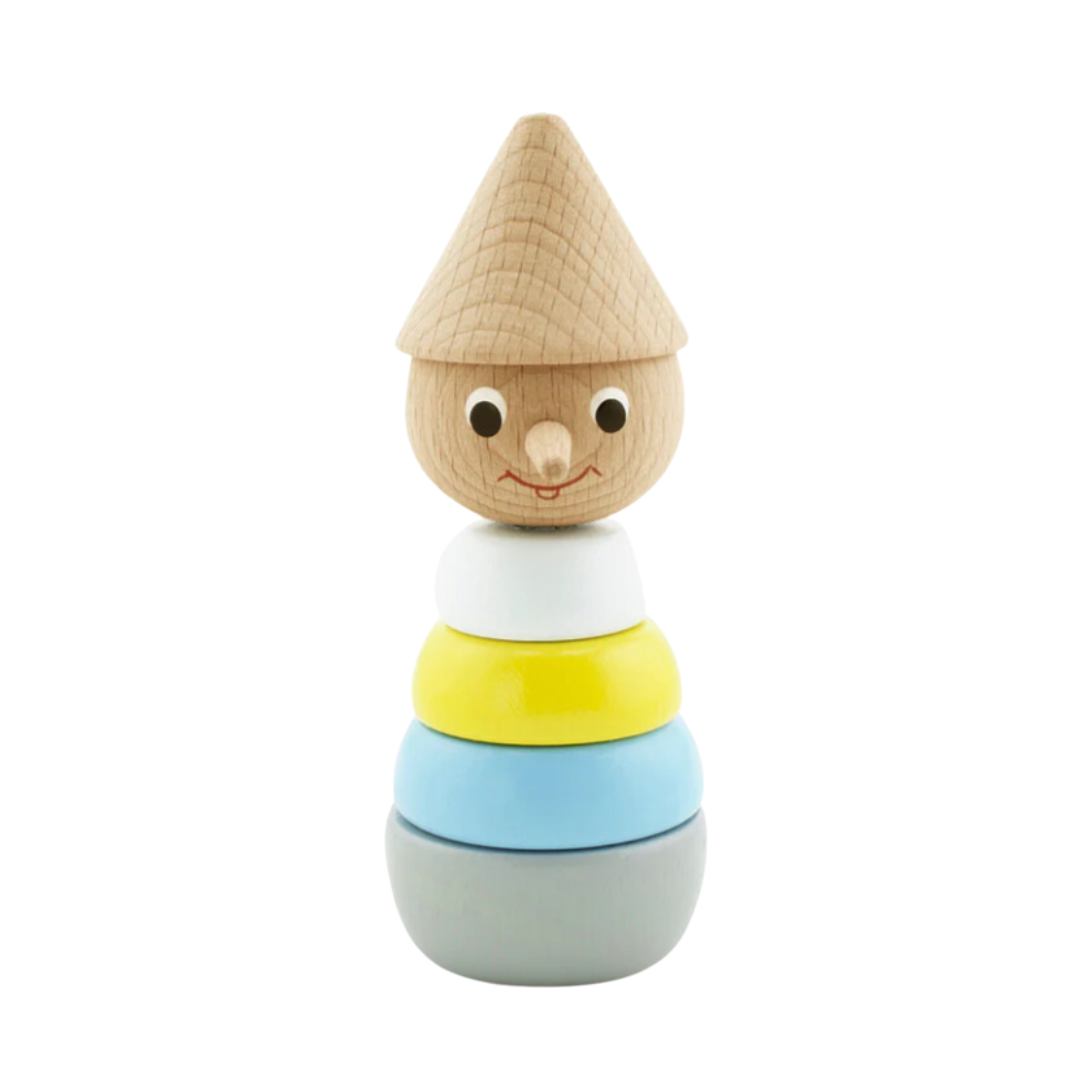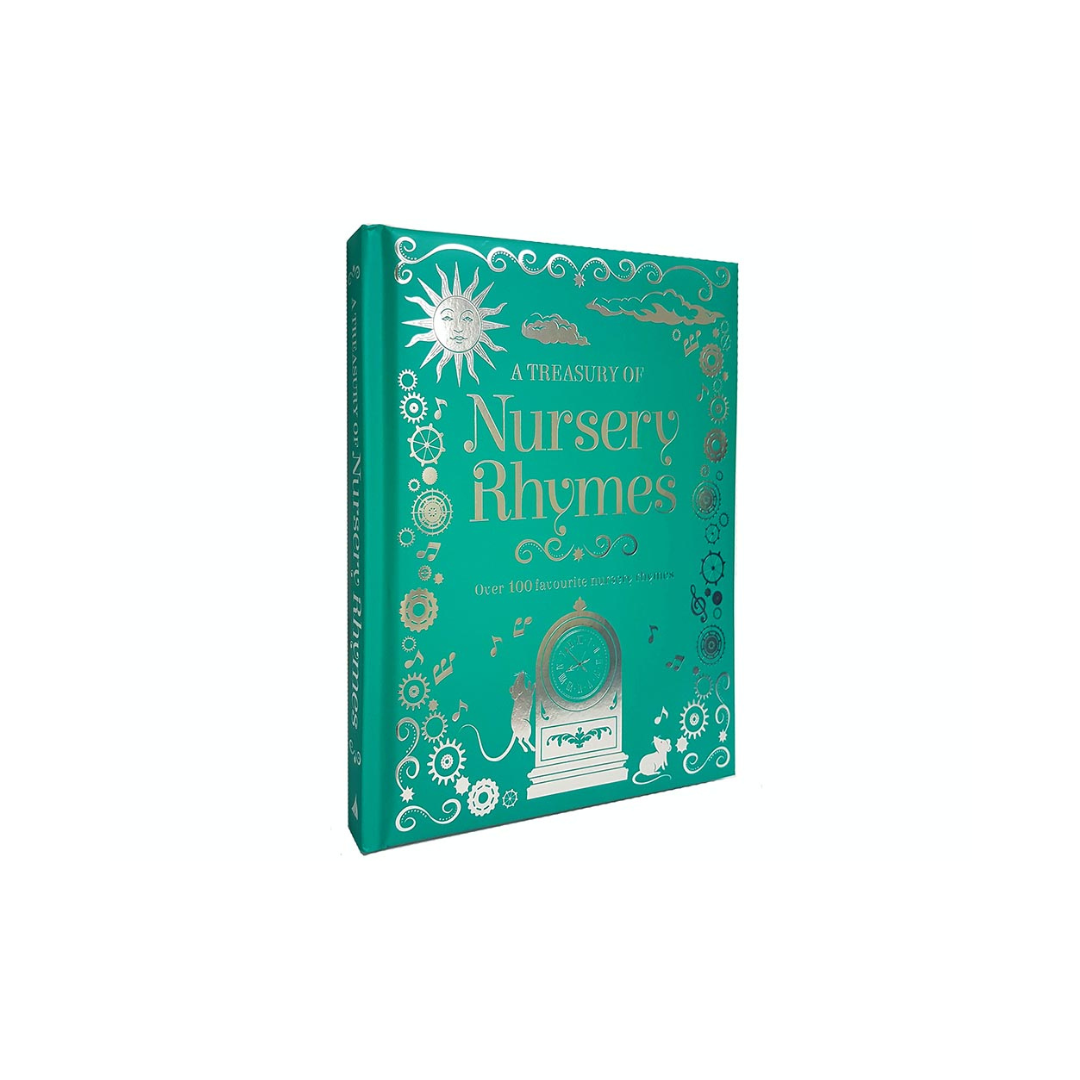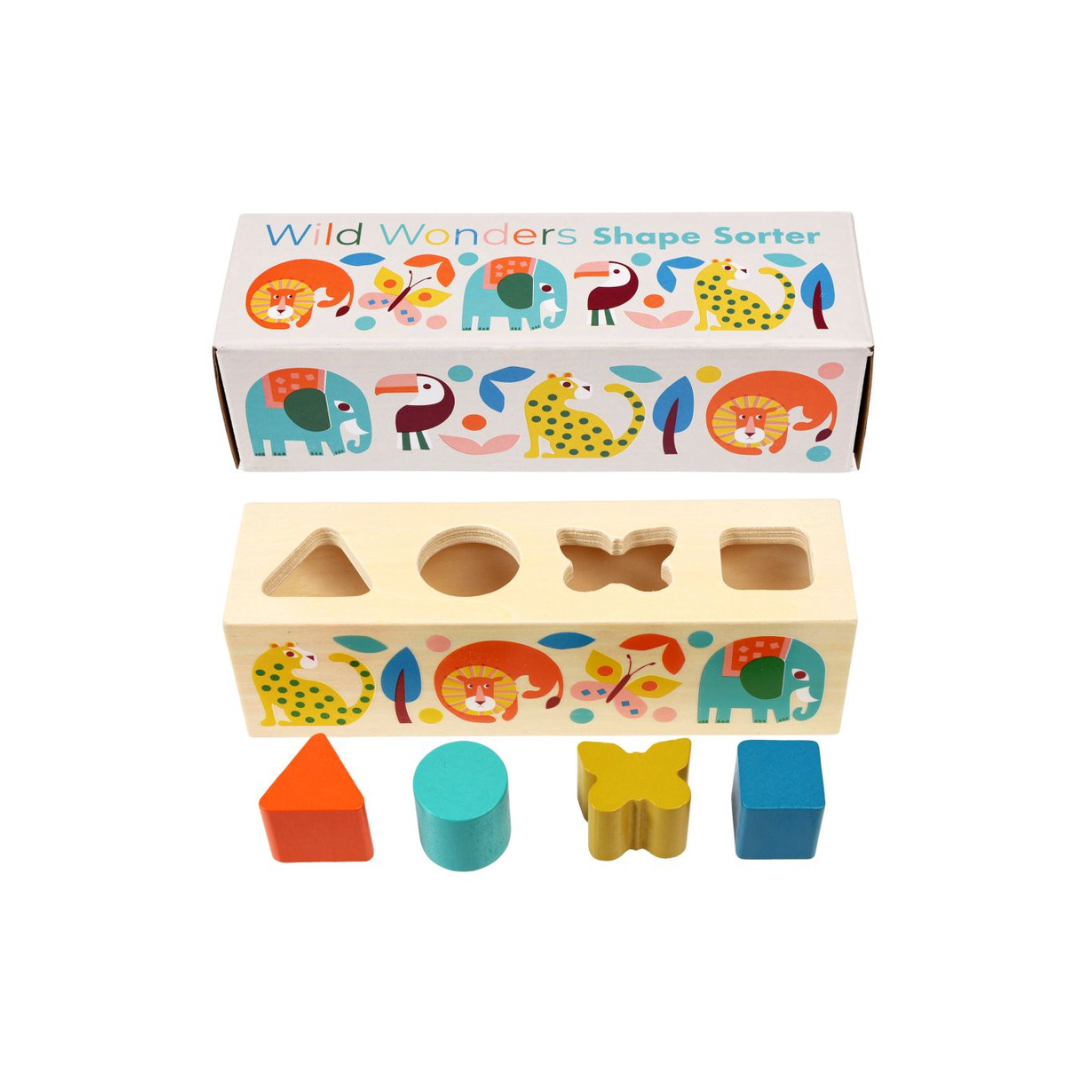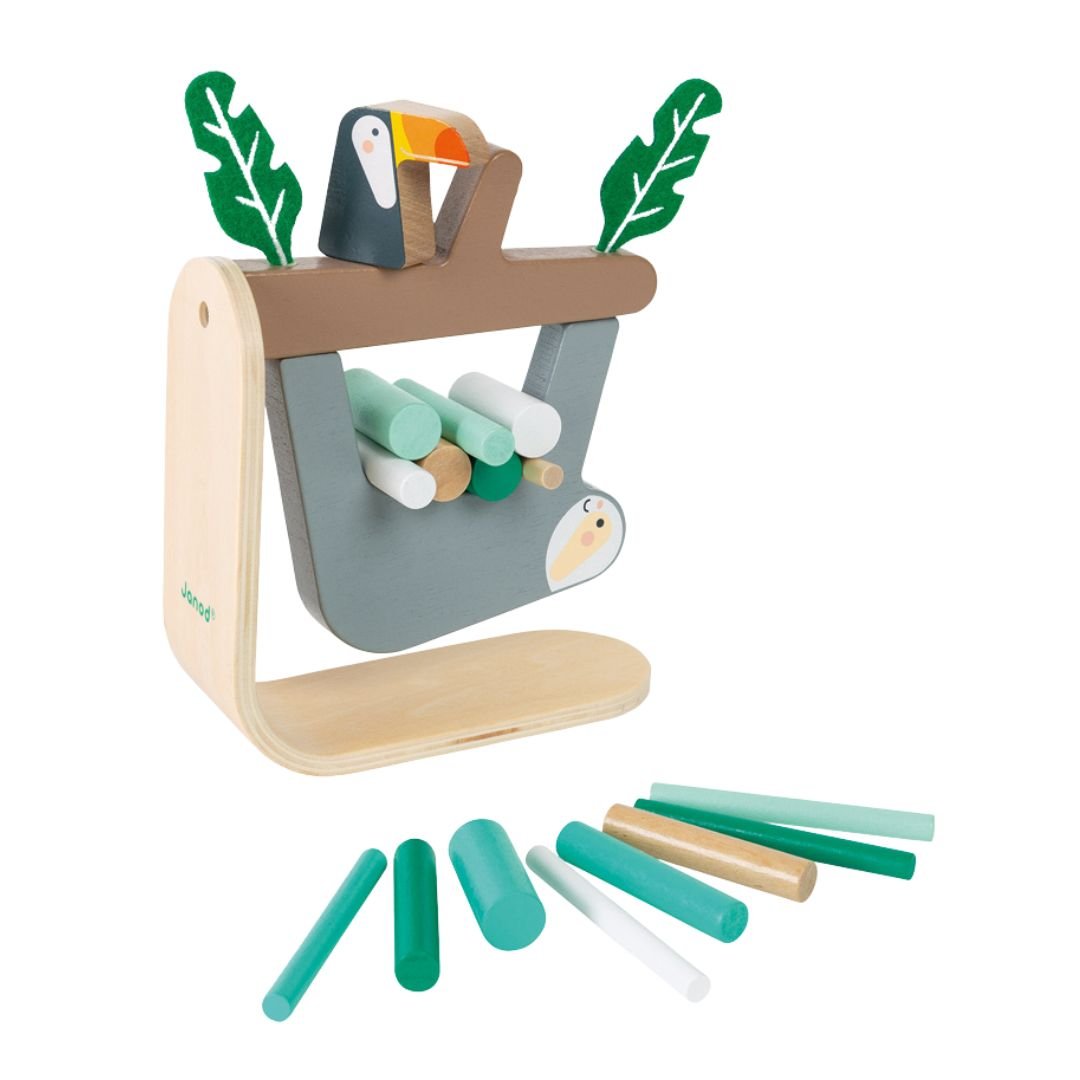The Art of Kids Play
As adults, it's essential to support and encourage children's play by providing them with a safe and stimulating environment, offering open-ended toys and materials, and engaging in play with them. By embracing the art of kids' play, we can witness the magic of childhood unfold and help nurture the well-rounded development of young minds.
The art of kids' play is a beautiful and essential aspect of childhood development. It refers to the natural and imaginative way children engage in play, exploring their world, and expressing themselves through various activities and interactions. Play is not just a way to pass the time; it is a vital process that contributes to children's physical, cognitive, emotional, and social growth. Here are some key aspects of the art of kids' play:
Imagination and Creativity: Kids' play is fueled by boundless imagination and creativity. They can transform a simple cardboard box into a spaceship, role-play as their favorite characters, and create imaginative scenarios using everyday objects.
Learning through Play: Play is a child's primary mode of learning. Through play, children develop problem-solving skills, language, social interactions, and emotional regulation.
Exploring the World: Play allows kids to explore and understand their surroundings. They learn about cause and effect, spatial relationships, and how things work through hands-on experiences.
Physical Development: Play involves various physical activities that contribute to children's motor skills, coordination, balance, and strength.
Social Interaction: Playing with others helps kids develop important social skills like communication, cooperation, negotiation, and empathy.
Emotional Expression: Play provides a safe space for children to express and process their emotions. They can role-play different situations and explore their feelings through play.
Freedom and Autonomy: Play gives children the freedom to make choices and take charge of their activities, fostering a sense of autonomy and independence.
Joy and Fun: The art of kids' play is all about having fun and experiencing joy. It brings laughter, happiness, and a sense of wonder to their lives.
As adults, it's essential to support and encourage children's play by providing them with a safe and stimulating environment, offering open-ended toys and materials, and engaging in play with them. By embracing the art of kids' play, we can witness the magic of childhood unfold and help nurture the well-rounded development of young minds.
Space Toys
Space toys not only entertain children but also foster an interest in science, astronomy, and space exploration. They encourage curiosity, imagination, and a sense of wonder about the universe. Whether they dream of becoming astronauts or simply admire the beauty of the cosmos, space toys offer a universe of possibilities for young space enthusiasts.
Space toys are playthings that are inspired by outer space, space exploration, and the cosmos. These toys allow children (and adults) to imagine and recreate space-related adventures, missions, and scientific discoveries. Space toys come in various forms, ranging from action figures and model kits to educational games and interactive gadgets. Here are some popular types of space toys:
Spacecraft Models: Detailed replicas of famous spacecraft, such as rockets, space shuttles, and space probes, that can be assembled or displayed.
Astronaut Action Figures: Action figures representing astronauts in their spacesuits, allowing children to role-play space missions.
Space-themed LEGO Sets: LEGO sets that feature space stations, lunar landers, rovers, and other space-related structures for building and play.
Telescopes and Binoculars: Toys that simulate real telescopes and binoculars to encourage stargazing and observation of celestial objects.
Space Puzzles: Jigsaw puzzles with images of planets, galaxies, and space scenes that promote problem-solving and concentration.
Planetarium Projectors: Toys that project stars and constellations onto ceilings, creating a mini planetarium experience.
Solar System Kits: Kits that allow kids to construct a 3D model of the solar system, learning about the planets and their relative positions.
Space-themed Board Games: Educational and fun board games centered around space exploration and space-themed adventures.
Space-themed STEM Kits: Educational kits that teach kids about space science, engineering, and technology through hands-on experiments.
Space Exploration Playsets: Playsets featuring space bases, space stations, and lunar landscapes for imaginative play.
Space toys not only entertain children but also foster an interest in science, astronomy, and space exploration. They encourage curiosity, imagination, and a sense of wonder about the universe. Whether they dream of becoming astronauts or simply admire the beauty of the cosmos, space toys offer a universe of possibilities for young space enthusiasts.
The Spooktacular History of Trick or Treating
As you venture into the world of Halloween, the next time you say, "Trick or Treat," remember you're joining a long line of brave souls who faced the unknown! Embrace the history, embrace the spookiness, and most importantly, embrace the fun!
From all of us at The Vintage Toy Box, have a hauntingly good Halloween, and may your Trick or Treating be filled with more treats than tricks! Shop now and take 20% off everything storewide until midnight 31st October, and have a treat on us.
Greetings, brave souls and adventurous trick-or-treaters! As you prepare your costumes, decorate your pumpkins, and prepare to count your candy stashes, have you ever wondered where the mysterious tradition of "Trick or Treating" comes from? Well, wonder no more as we're about to embark on a chilling journey through the history of this beloved Halloween pastime!
The Ghostly Origins
Long, long ago, in the misty Celtic lands of Ireland, Scotland, and Wales, there was a festival called Samhain (pronounced Sow-in). Samhain marked the end of the harvest season and the beginning of winter. People believed that during this time, the boundary between the living and the dead was blurred, and spirits roamed the earth.
To appease these restless spirits, folks would set out "treats" in the form of food and drinks. They believed that by doing so, the spirits would be kind and protect them from any spooky tricks.
As Samhain traditions blended with Christianity and evolved into what we now know as Halloween, the practice of dressing up in costumes emerged. People believed that disguising themselves as ghouls or ghosts would allow them to hide from any vengeful spirits lurking about.
Modern-Day Halloween
The phrase "Trick or Treat" finally emerged in North America in the early 20th century. However, back then, the "trick" part was a bit more ominous. If you didn't provide a "treat," mischievous kids would play pranks, like soaping windows or tipping over outhouses.
Today, we celebrate Halloween with pumpkins, costumes, and, of course, the beloved Trick or Treating. But remember, it's not just about the candy. It's about spreading joy, making memories, and, yes, being just a little bit spooky!
Spooky Halloween Costumes
Let’s face it, what is Halloween without the perfect spooky costume? If you're tired of the same old witches and ghosts, here are some unique and spooktacular costume ideas to make your Trick or Treating adventure truly one-of-a-kind:
Time-Traveling Explorer
Don your explorer hat, grab a vintage map, and turn into a daring time-traveler! Will you discover lost civilizations or journey to the future? This costume is a perfect blend of history and adventure.
Mythical Creature
Unleash your inner mythical beast! From majestic unicorns to mischievous leprechauns, there are countless mythical creatures to choose from. Craft colorful wings, don a horned headband, and let your imagination run wild.
Mad Scientist
Embrace your inner genius with a mad scientist costume. Grab some lab goggles, a white coat, and a crazy hairstyle (or wig). Don't forget a bubbling beaker filled with colorful "experiments."
Space Explorer
Blast off into outer space as an astronaut or an alien. Grab a silver jumpsuit, a helmet, and some glow-in-the-dark face paint. Trick or Treating is your intergalactic mission!
Optical Illusion
Mystify your friends with an optical illusion costume. Paint a second face on the back of your head, or create a "hole in your body." These costumes are sure to turn heads!
Remember, the most important thing is to have fun and let your imagination run wild. So, pick a unique costume that speaks to your heart and makes this Halloween an unforgettable adventure. Trick or Treat with style and flair!
Tricks for Halloween Trick or Treating
While Trick or Treating is all about the costumes and treats, a little harmless trickery can add a dash of fun to your Halloween adventure. Here are some playful tricks to consider:
Ghostly Giggles
Carry a small, friendly ghost prop with you. As you approach a house, give your best ghostly howl and let the ghost "float" towards the candy bowl. It's sure to get a few chuckles!
The Mummy's Riddle
Wrap a candy in a layer of white cloth (to look like mummy wrappings) and attach a little riddle to it. When you receive your treats, hand out these mysterious mummies with a challenge. If the homeowner solves the riddle, you share a laugh and a treat!
Silly Knock-Knock Jokes
Before they open the door, prepare a couple of lighthearted knock-knock jokes. Once the door is ajar, deliver your joke, and watch as their laughter turns into a treat-filled smile!
Charades Challenge
Before receiving your treats, act out a Halloween-themed word or phrase without speaking. Can they guess what you're trying to convey? It adds an element of surprise and fun to the tradition.
Knock on Wood
If you have a wooden instrument like a xylophone, bring it along and play a quick, eerie tune before you receive your candy. It's like a mini Halloween concert!
Remember, these tricks are all in good fun and should be done with kindness and a smile. After all, the aim is to spread the Halloween spirit and share a few laughs along the way. Happy Trick or Treating, you little trickster! 🎃👻🍬
So, young adventurers, as you venture into the world of Halloween, carry this knowledge with you; the next time you say, "Trick or Treat," you're joining a long line of brave souls who faced the unknown! Embrace the history, embrace the spookiness, and most importantly, embrace the fun!
From all of us at The Vintage Toy Box, have a hauntingly good Halloween, and may your Trick or Treating be filled with more treats than tricks! Shop now and take 20% off everything storewide until midnight 31st October, and have a treat on us.
The Magic of Classic Toys: Embracing Nostalgia and Preserving Playtime Traditions
The magic of classic toys lies not only in their timeless appeal but also in their ability to inspire creativity, nurture imagination, and connect families across generations. As we embrace the nostalgia and sentimental value of these beloved playthings, let us celebrate the enduring charm of classic toys and preserve the cherished playtime traditions that have brought joy to countless childhoods.
In a world driven by rapidly evolving technology and digital entertainment, there's something enchanting about classic toys that transcends generations. These timeless playthings hold a special place in our hearts, invoking cherished memories of childhood play and sparking feelings of nostalgia. In this blog post, we celebrate the magic of classic toys, exploring why they continue to captivate both children and adults, and how they play a vital role in preserving playtime traditions.
Classic toys are more than just playthings; they are cherished symbols of joy, innocence, and imagination. From wooden building blocks to nostalgic dolls and traditional board games, these toys have stood the test of time, captivating the hearts of children across generations. Their simplicity and tactile nature offer a break from the fast-paced digital world, fostering creativity and imaginative play.
Unlike the bells and whistles of modern gadgets, classic toys require the child's active participation, encouraging them to use their imagination to create new worlds and stories. A set of building blocks can transform into a bustling city, and a simple doll can become a brave adventurer on a daring quest. By engaging in open-ended play, children develop critical thinking skills, problem-solving abilities, and emotional intelligence.
Classic toys hold the power to bridge the generational gap, connecting children with their parents, grandparents, and even great-grandparents. As adults share their own childhood memories and playtime experiences, a profound sense of family tradition and nostalgia is cultivated. Classic toys become treasured heirlooms passed down through the years, fostering meaningful connections and creating enduring family memories.
Beyond their enchanting allure, classic toys offer numerous educational benefits for children. Wooden puzzles enhance cognitive skills, while traditional board games teach valuable lessons in sportsmanship, teamwork, and strategic thinking. Moreover, these toys encourage physical play, contributing to a child's overall development and well-being.
In today's digitally saturated world, children are exposed to screens from an early age. Classic toys offer a much-needed digital detox, providing an opportunity for children to engage in screen-free play, reducing screen time, and promoting healthy development.
As technology evolves and society progresses, it's crucial to preserve playtime traditions and pass them on to future generations. Classic toys are a reminder of simpler times and the joy derived from simple pleasures. By introducing classic toys to today's children, we ensure that these cherished traditions endure and continue to inspire joy and wonder in the years to come.
The magic of classic toys lies not only in their timeless appeal but also in their ability to inspire creativity, nurture imagination, and connect families across generations. As we embrace the nostalgia and sentimental value of these beloved playthings, let us celebrate the enduring charm of classic toys and preserve the cherished playtime traditions that have brought joy to countless childhoods. Timeless and captivating, classic toys continue to kindle the magic of childhood, inspiring play and laughter in hearts of young and old. Let us honour these treasured artifacts of our past and pass on the joy of classic playtime to future generations.
Imaginative Play
Imaginative play, also known as pretend play or make-believe play, is at the heart of what we do here at The Vintage Toy Box. We love to encourage children to use their imagination to create fictional scenarios, tales, and stories, taking on different roles, acting out scenes, and engaging in make-believe situations, often using toys, props, or even simple household items to enhance their play experience.
Imaginative play, also known as pretend play or make-believe play, is at the heart of what we do here at The Vintage Toy Box. We love to encourage children to use their imagination to create fictional scenarios, tales, and stories, taking on different roles, acting out scenes, and engaging in make-believe situations, often using toys, props, or even simple household items to enhance their play experience.
Imaginative play is an essential and natural part of childhood development, and it offers numerous benefits, including:
Creativity and Imagination: Imaginative play allows children to explore their creativity and unleash their imagination as they invent new scenarios and characters.
Social and Emotional Skills: Playing pretend helps children develop social skills as they learn to negotiate, take turns, and collaborate with others. It also allows them to express and understand various emotions within the context of their play.
Problem-Solving: During imaginative play, children encounter different situations that require problem-solving and decision-making, fostering critical thinking skills.
Language Development: Pretend play often involves storytelling and role-playing, contributing to the development of language and communication skills.
Empathy and Understanding: When children take on various roles in pretend play, they gain a better understanding of others' perspectives and feelings, promoting empathy.
Self-Regulation: Imaginative play requires self-control and impulse management, as children adapt their behaviour based on the roles they assume.
Confidence and Self-Esteem: Engaging in imaginative play allows children to explore and express themselves freely, building confidence and a sense of self.
Imaginative play can take many forms, from playing house, pretending to be superheroes, acting out scenes from favourite stories, to inventing entirely new worlds and characters. It is a valuable and integral aspect of childhood play, promoting cognitive, social, emotional, and creative development in a fun and meaningful way. We have so many toys for young children that children will love to immerse themselves in a world of play with.
Classic Board Games
Here at The Vintage Toy Box we have a huge range of Classic board games. Our classic games are timeless and have endured the years to be enjoyed by several generations of families and friends. Classic games are known for their simplicity, strategy, and ability to bring people together for fun and engaging gameplay.
Classic board games
Here at The Vintage Toy Box we have a huge range of Classic board games. Our classic games are timeless and have endured the years to be enjoyed by several generations of families and friends. Classic games typically involve a game board, playing pieces, dice, and cards and are designed to be played on a flat surface like a table. They are known for their simplicity, strategy, and ability to bring people together for fun and engaging gameplay.
Some popular examples of classic board games over the years include:
Monopoly: A real-estate trading game where players buy, sell, and develop properties to become the wealthiest player.
Scrabble: A word game where players create words using letter tiles and earn points based on the letters' values.
Chess: A strategic two-player game where players move pieces on a square board to capture the opponent's king.
Checkers (Draughts): A classic two-player game where players try to capture their opponent's pieces by jumping over them.
Clue (Cluedo): A mystery-solving game where players try to deduce the murderer, weapon, and location of a crime.
Sorry!: A family-friendly game where players move their pieces around the board to reach the "Home" space while trying to hinder their opponents' progress.
Risk: A strategic board game of global conquest, where players vie for control over territories and continents.
The Game of Life: A game that simulates a journey through life, where players make decisions and encounter various life events.
Battleships: A two-player game where players try to guess the location of each other's hidden ships on a grid.
These classic board games have transcended generations and continue to be popular choices for family game nights, gatherings, and social interactions. They offer timeless enjoyment, friendly competition, and a chance for players to bond and create lasting memories together.
Classic Toys
Classic toys have enduring appeal and continue to be cherished by children and adults alike for their simplicity, durability, and ability to inspire imaginative play. We love being in store over-hearing older generations reminiscing about their own classic toys; reflecting on the simpler times of yesteryears.
Here at The Vintage Toy Box we live and dream classic toys - timeless playthings that have remained popular and beloved across multiple generations.
Classic toys have enduring appeal and continue to be cherished by children and adults alike for their simplicity, durability, and ability to inspire imaginative play. We love being in store over-hearing older generations reminiscing about their own classic toys; reflecting on the simpler times of yesteryears.
These toys are often simple in design, made from traditional materials like wood, metal, or fabric, and do not rely on electronic components or batteries.
Some favourite classic toys of ours include:
Wooden Blocks: Simple and versatile, wooden blocks allow children to build and create various structures, fostering creativity and problem-solving skills.
Skipping Ropes: A traditional outdoor toy that promotes physical activity and coordination.
Jacks: A classic game where children toss and pick up small metal or plastic jacks with a ball.
Yo-Yos: A simple toy that requires skill and coordination to perform tricks and stunts.
Rag Dolls: Soft and cuddly dolls that provide comfort and companionship, often becoming firm friends.
Tops: Spinning tops made from wood or metal that fascinate children with their spinning motion.
Classic toys bring a sense of nostalgia and simplicity to playtime, encouraging children to use their imagination and engage in creative, open-ended play. Many classic toys have stood the test of time and remain popular choices for parents seeking to introduce their children to the joy of traditional play experiences.
Check out all of our classic toys, and let us know your favourites.
Baby and Toddler Toys for Growth and Development
When choosing baby and toddler toys, it's essential to consider age-appropriateness, safety, and the developmental benefits they offer. Age-appropriate toys help babies in their early learning and development journey, and help toddlers to learn and grow, whilst keeping them entertained and engaged in meaningful play.
When choosing baby and toddler toys, it's essential to consider age-appropriateness, safety, and the developmental benefits they offer. Age-appropriate toys help babies in their early learning and development journey, and help toddlers to learn and grow, whilst keeping them entertained and engaged in meaningful play.
Baby toys play a crucial role in a child's early development, as they aid in stimulating their senses, motor skills, and cognitive abilities. These toys are designed to be safe, colourful, and engaging for babies, typically ranging from newborns up to toddlers.
Some common types of baby toys include:
Rattles: Simple and lightweight toys that make gentle sounds when shaken, helping babies develop their hand-eye coordination.
Soft Toys: Stuffed animals or plush toys provide comfort and companionship to babies while stimulating their sense of touch.
Stacking Rings and Blocks: Toys that can be stacked or nested, helping babies develop their fine motor skills and spatial awareness.
Shape Sorters: Toys that require babies to match shapes to corresponding holes, promoting problem-solving and hand-eye coordination.
Toddler toys are specifically designed to cater to the developmental needs and interests of children between the ages of 1 and 3 years. These toys help toddlers explore their world, develop essential skills, and engage in imaginative play. Some popular types of toddler toys include:
Push and Pull Toys: Toys with wheels that toddlers can push or pull, helping them develop their walking and balance skills.
Shape Sorters and Puzzles: Toys that require toddlers to match shapes or solve simple puzzles, enhancing their problem-solving abilities.
Building Blocks: Colourful and large building blocks that allow toddlers to stack, sort, and create structures, promoting creativity and fine motor skills.
Play Kitchen Sets: Miniature kitchen sets with pots, pans, and play food, encouraging imaginative role-playing and social skills.
Musical Instruments: Small musical instruments like drums, xylophones, and shakers that introduce toddlers to music and rhythm.
Stuffed Animals and Dolls: Soft and cuddly companions that provide comfort and support imaginative play.
Barbie and Ken - The Stars of the 60s
Barbie and Ken are iconic fashion dolls from the 1960s that have played a significant role in popular culture and the toy industry throughout the decades, no more so than present day with the release of the record-breaking, box-office hit Barbie Movie. Here we present a brief history of Barbie and Ken from their first release to present day.
Barbie and Ken are iconic fashion dolls that have played a significant role in popular culture and the toy industry. Here we present a brief history of Barbie and Ken.
Barbie was introduced to the world on March 9, 1959, by Mattel, Inc., an American toy company founded by Ruth Handler. The inspiration for Barbie came from Ruth Handler's observation of her daughter, Barbara, playing with paper dolls and imagining different adult roles.
The original Barbie doll was named after Ruth Handler's daughter, Barbara. Barbie's full name is Barbara Millicent Roberts.
Barbie's debut at the American International Toy Fair in New York City was met with mixed reactions initially, but she soon became a massive success.
The first Barbie doll wore a black-and-white striped swimsuit, ponytail hairstyle, and a distinctive arched eyebrow. She became known for her fashionable wardrobe and accessories.
Over the years, Barbie's appearance evolved to represent diverse cultures, careers, and interests. She became a symbol of female empowerment and inspired young girls to dream big and break traditional gender stereotypes. She has had numerous careers, including astronaut, doctor, scientist, athlete, chef, and more, reflecting the changing roles and aspirations of women in society.
Ken was introduced as Barbie's boyfriend in 1961, two years after Barbie's debut. He was named after Ruth Handler's son, Kenneth.
Ken was designed to be a tall, handsome doll with a similar build to Barbie, but with a more masculine appearance. Like Barbie, Ken's appearance and wardrobe have evolved over the years to reflect current fashion trends and cultural shifts.
Although Barbie and Ken have been known as a popular couple, their relationship status has changed over time. They have broken up and gotten back together in various storylines, providing an element of drama to their narrative.
Throughout their history, Barbie and Ken have continued to be beloved toys, capturing the imagination of children and collectors worldwide. They have become cultural icons and have remained relevant through the decades, adapting to changing societal norms and evolving with the times. Barbie and Ken's enduring popularity showcases their timeless appeal and their lasting impact on the world of toys and play.
Whilst we ourselves weren’t a fan of Barbie and Ken in our younger days (we were more into Sindy), we’ll still be off to watch the Barbie Movie this weekend for a bit of escapism and female empowerment.
Toy shops over the decades
Toy shops have seen significant changes over the decades, with the retail giants taking over the retail scene, and the rise of online-shopping. Here we take a look back on the traditional toy shops from the 1950s, 1960s, 1970s and the 1980s as we aim to capture the essence of these decades, and the traditional toy shops of yesteryear.
Toy shops have seen significant changes over the decades. In the mid-20th century, local independent toy stores were popular, offering a limited selection of toys. In the late 20th century, large retail chains like Toys "R" Us became dominant, providing a vast array of toys under one roof. However, with the rise of e-commerce and online shopping, many traditional toy shops faced challenges, and some even closed down. The shift towards online shopping continued in the 21st century, allowing customers to access a more extensive range of toys with the convenience of home delivery. Additionally, interactive and tech-driven toys gained popularity, reflecting advancements in technology. As time progressed, toy shops had to adapt to changing consumer preferences, embracing both in-store and digital experiences to stay relevant.
Here we take a look back on the traditional toy shops from the 1950s, 1960s, 1970s and the 1980s.
Toy Shops in the 1950s
In the 1950s, toy shops were quite different from what we see today. They were often small, independent stores, usually located in local neighbourhoods or on main streets. These shops carried a more limited selection of toys compared to the massive variety available in modern toy stores.
Toys in the 1950s were often simpler, reflecting the technology and manufacturing capabilities of that era. Popular toys included classic items like wooden trains, dolls, teddy bears, marbles, board games like Monopoly and Scrabble, and simple construction sets.
The shopping experience was more personal, with shopkeepers interacting directly with customers, helping them choose toys and providing personalized recommendations. Many toys were displayed in glass cases or on shelves, and children would often browse the store with excitement, carefully selecting their favourites.
Packaging was also simpler and more straightforward compared to the colourful and elaborate packaging we see today. Customers usually paid with cash, as credit cards were not common during that time.
Overall, visiting a toy shop in the 1950s was a charming and nostalgic experience, with a focus on traditional toys and a sense of community in the local shopping area.
Toy Shops in the 1960s
In the 1960s, toy shops continued to be predominantly small, independent stores, much like in the previous decade. However, there were some notable changes in the types of toys available and the overall shopping experience.
During the 1960s, there was a surge in the popularity of action figures and dolls. Iconic toys like G.I. Joe, Barbie, and Ken gained immense popularity, revolutionizing the toy industry. The popularity of dolls with different outfits and accessories added a new dimension to imaginative play for children.
Additionally, the 1960s saw the introduction of iconic board games like "Twister" and "Operation," which quickly became favourites among children and families. These games added an element of physical activity and skill to traditional board gaming.
The decade also witnessed the rise of battery-operated and remote-controlled toys, showcasing advancements in technology. Toy robots and cars with remote controls became a hit among kids, providing them with interactive and futuristic play experiences.
In terms of the shopping experience, the 1960s still offered a more personal touch compared to modern toy shopping. Customers could interact with knowledgeable staff who could demonstrate how toys worked and offer recommendations. The packaging of toys started to become more colourful and attractive, catching the attention of children and parents alike.
Overall, the 1960s toy shops provided a mix of traditional toys and innovative, tech-driven playthings, contributing to the joy and excitement of children during that time.
Toy Shops in the 1970s
In the 1970s, toy shops experienced significant changes in both the types of toys available and the overall retail landscape. The decade saw a continued rise in the popularity of action figures and dolls, with iconic lines like "Star Wars" action figures, "Barbie," and "Ken" remaining sought after by children.
During the 1970s, the toy industry also embraced the growing fascination with electronic toys. Electronic handheld games, like "Simon" and "Mattel Electronics Football," became a sensation, showcasing the increasing integration of technology into playthings.
Additionally, the decade witnessed the advent of popular construction sets like "Lego," which allowed children to build and create their own structures using colourful plastic bricks.
In the 1970s, toy shops began to adapt to the changing retail landscape by adopting more organized and vibrant displays to attract customers. The use of eye-catching store displays, and creative packaging became more common, adding to the excitement and allure of shopping for toys.
Furthermore, large retail chains started gaining prominence during this decade, offering a broader selection of toys under one roof. Toys "R" Us, which opened its first store in 1957, expanded its presence and became a well-known destination for toy shopping during the 1970s.
Overall, toy shops in the 1970s reflected a blend of traditional playthings and innovative electronic toys, with more emphasis on organized displays and the emergence of larger retail chains. This era set the stage for the evolving landscape of toy shopping in the following decades.
Toy Shops in the 1980s
The 1980s were a golden era for toy shops, witnessing a massive boom in the popularity of various toy lines and franchises. This decade saw an explosion of innovative and iconic toys, many of which have remained beloved classics.
Action figures continued to dominate the market, with franchises like "G.I. Joe," "He-Man and the Masters of the Universe," and "Transformers" captivating the imaginations of children. These action figures often came with intricate designs and accessories, encouraging kids to collect and engage in imaginative play.
Another significant development was the rise of video games, which started to make their way into homes through consoles like the Atari 2600 and the Nintendo Entertainment System (NES). These consoles led to a surge in video game-related merchandise, including action figures, plush toys, and board games based on popular video game characters.
The 1980s also witnessed the "Cabbage Patch Kids" phenomenon, where these distinctive dolls became a cultural sensation, leading to long queues and even occasional store stampedes during the holiday season.
LEGO continued to be popular, expanding its offerings with various themed sets, such as LEGO Space and LEGO Castle, capturing the imagination of budding builders.
Toy shops in the 1980s saw increased competition, with large retail chains like Toys "R" Us, Walmart, and Target gaining prominence and offering an extensive selection of toys from different manufacturers.
Additionally, the packaging of toys became more elaborate, featuring eye-catching illustrations and designs to appeal to young shoppers.
Overall, toy shops in the 1980s were buzzing with a vast array of action figures, video game-related toys, dolls, construction sets, and more, creating a vibrant and exciting atmosphere for children and their families. Many of the toys from this era have left a lasting impact and continue to be cherished by collectors and enthusiasts today.
Here at The Vintage Toy Box, we aim to capture the essence of these decades, and the traditional toy shops of yesteryear.


